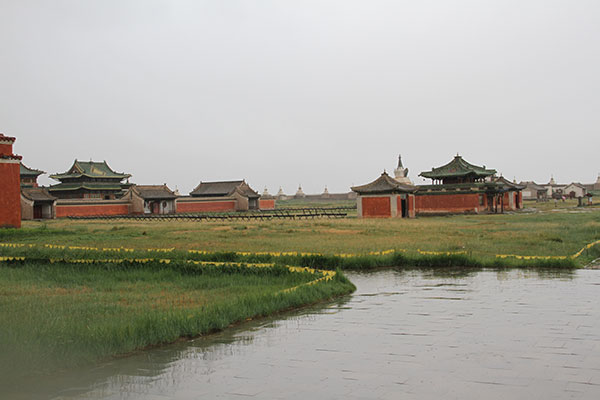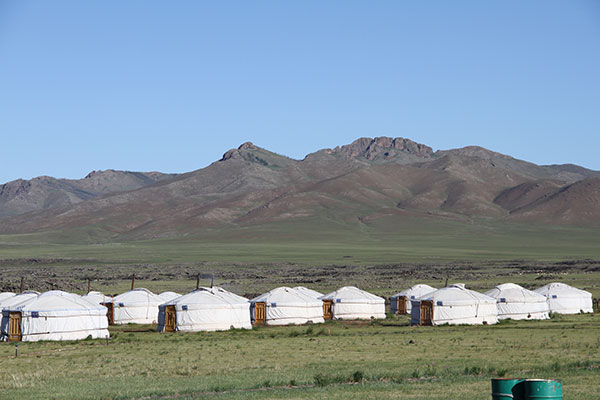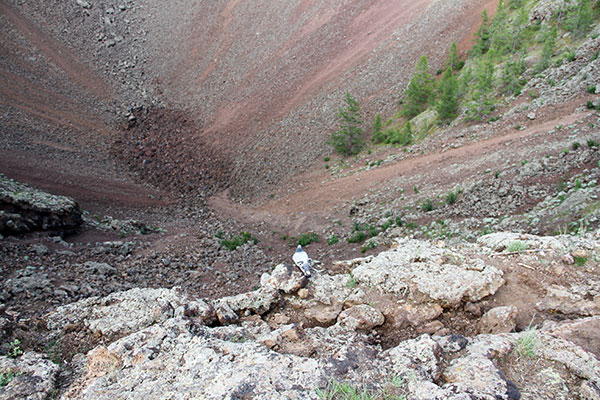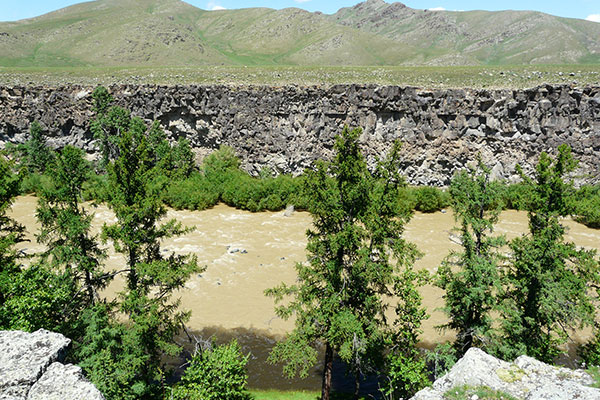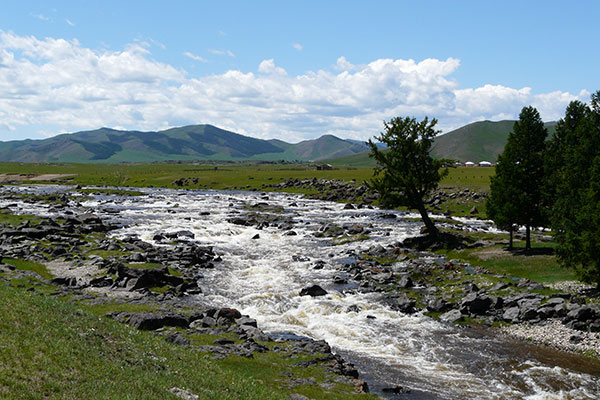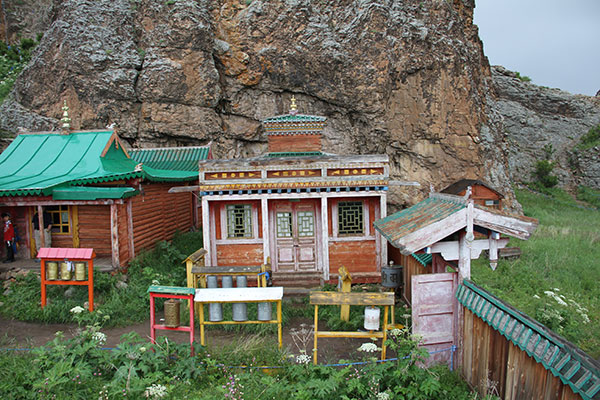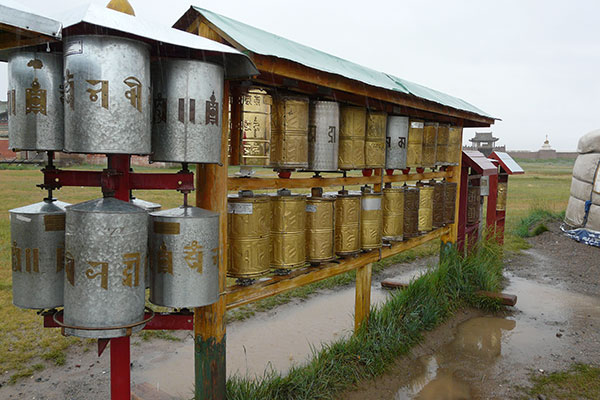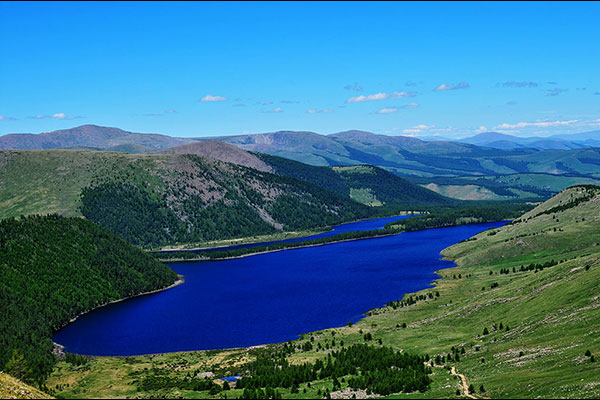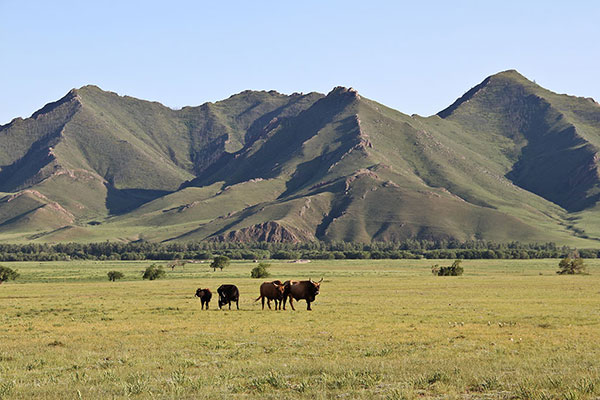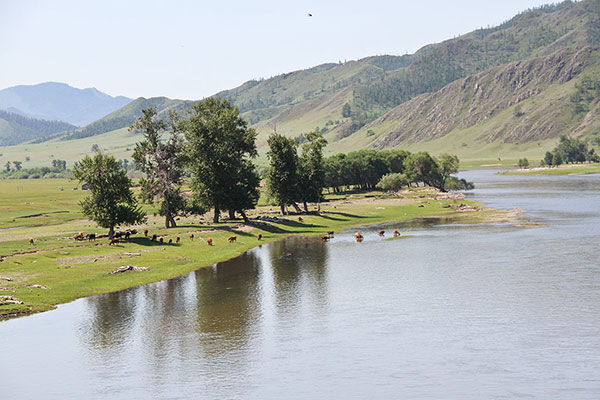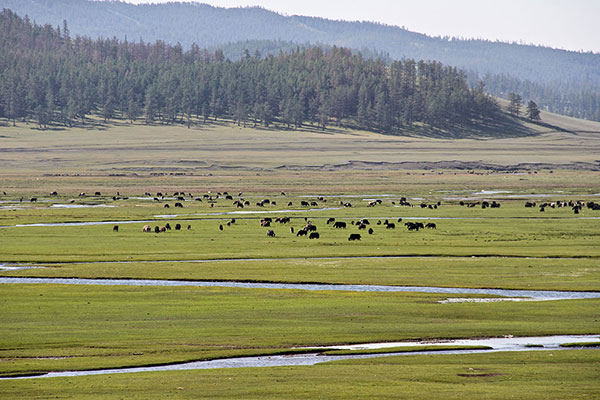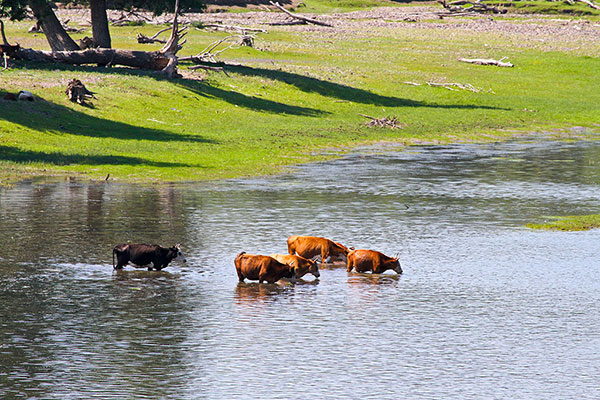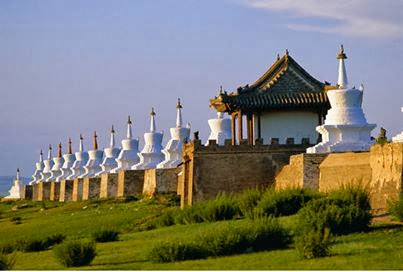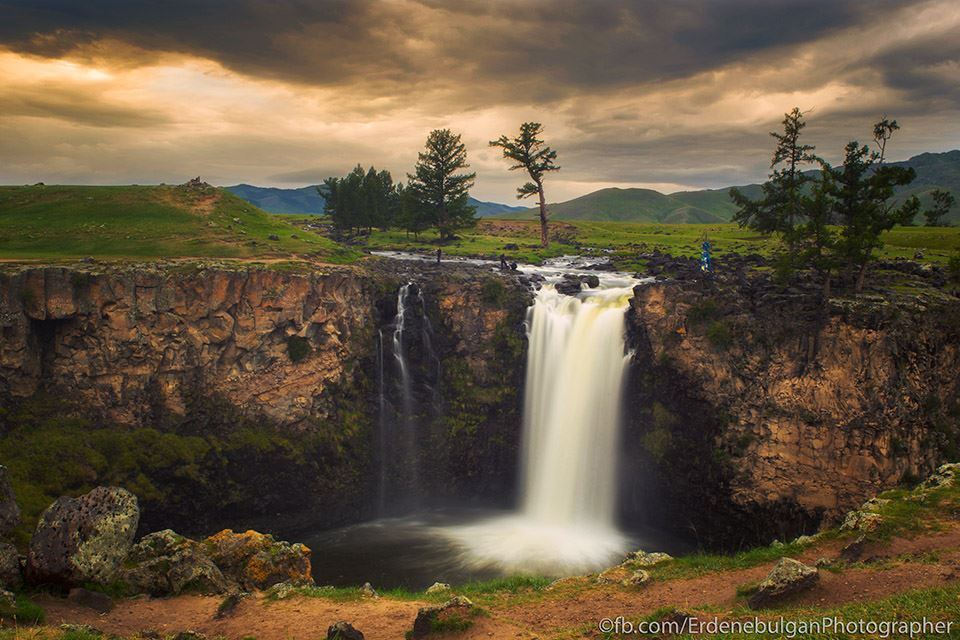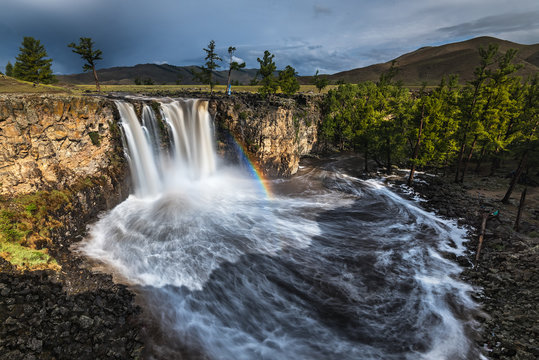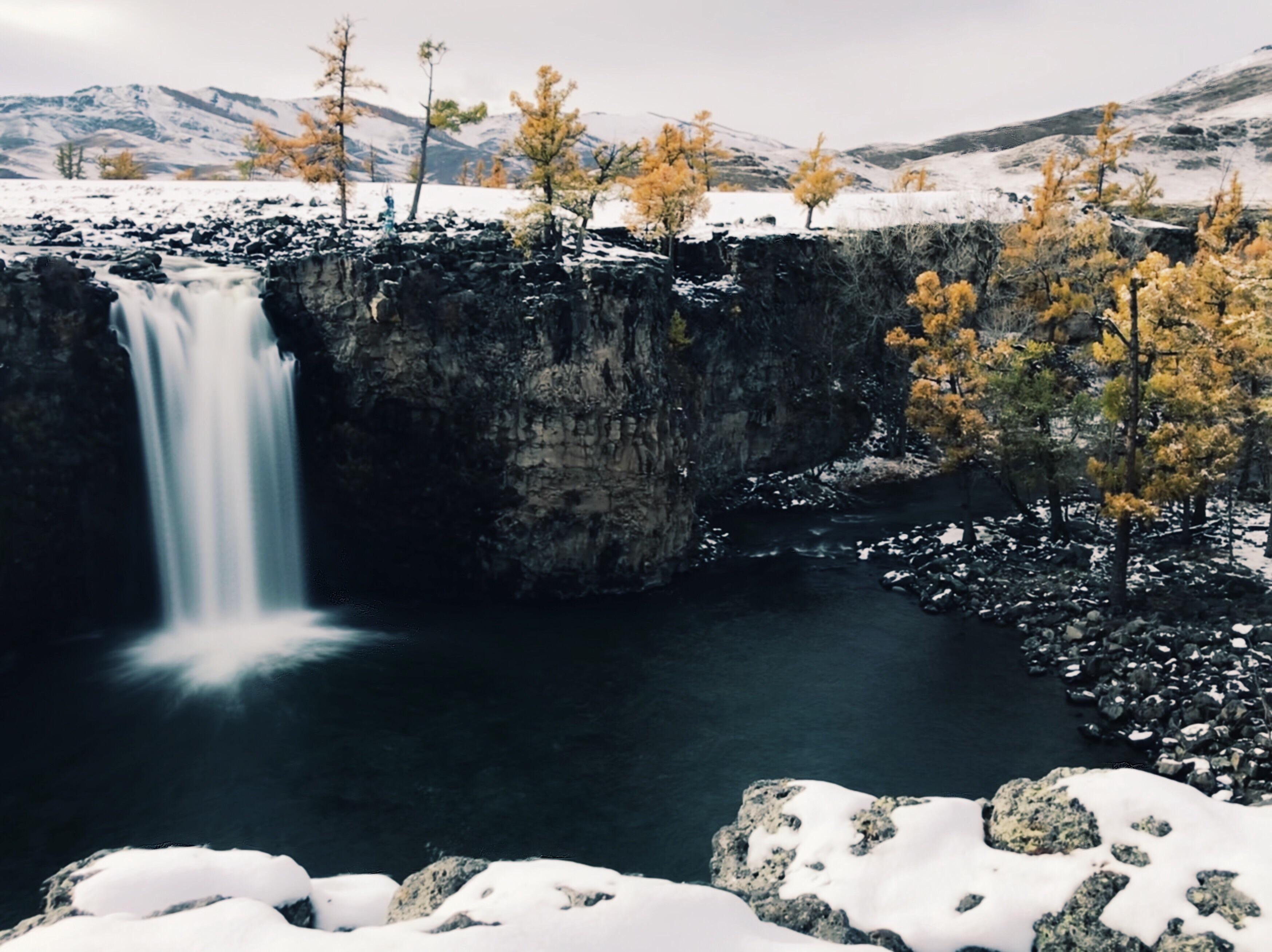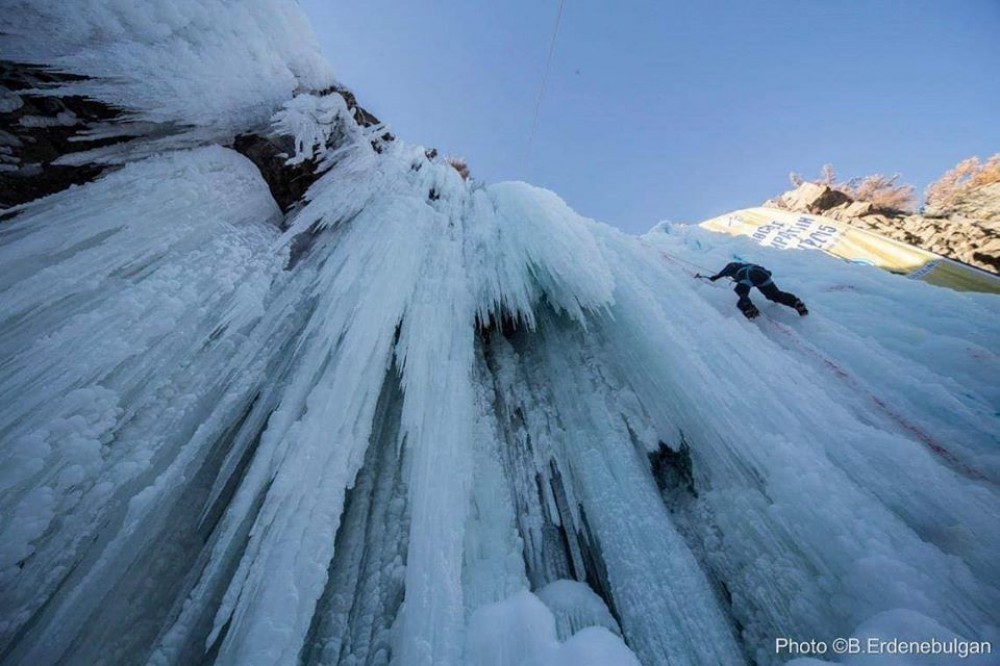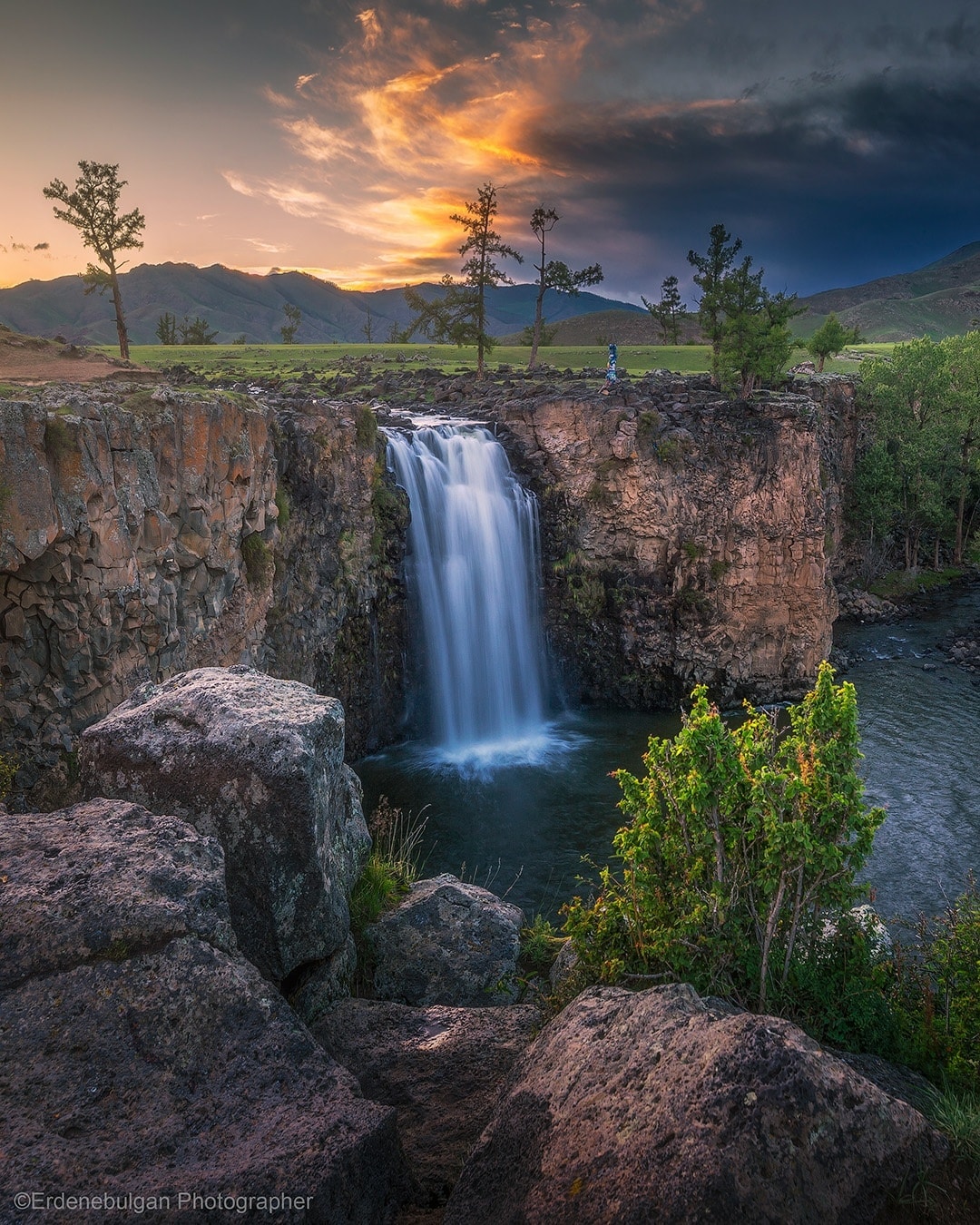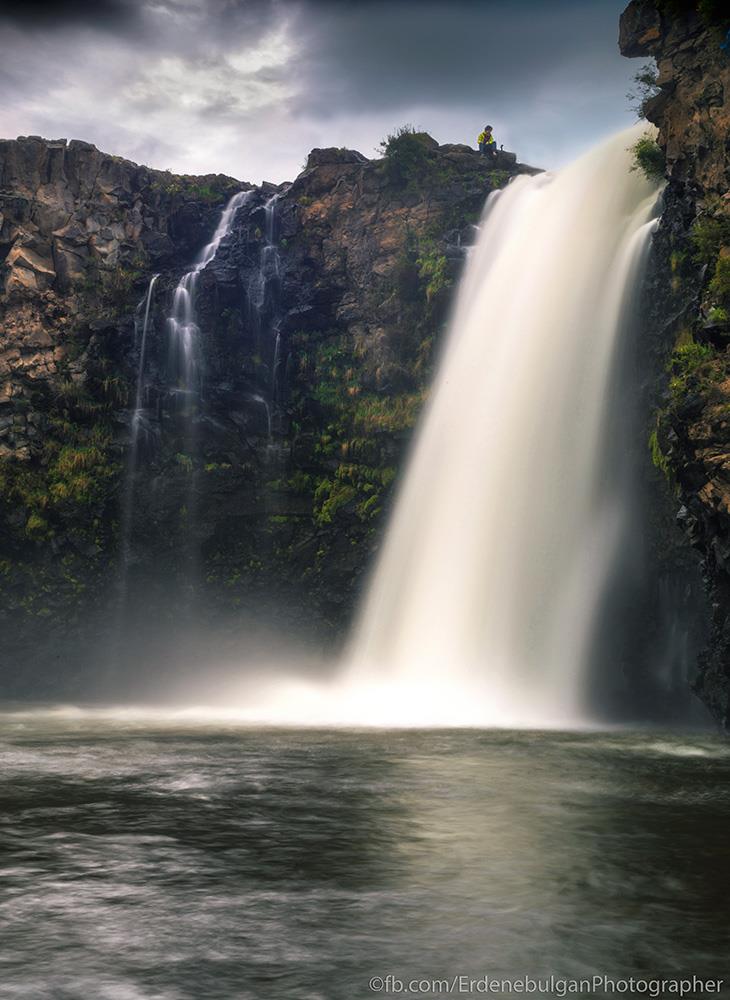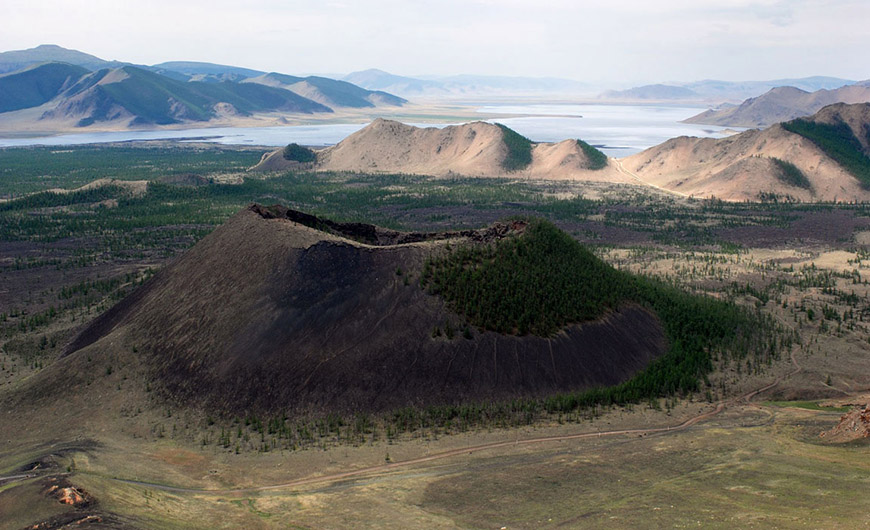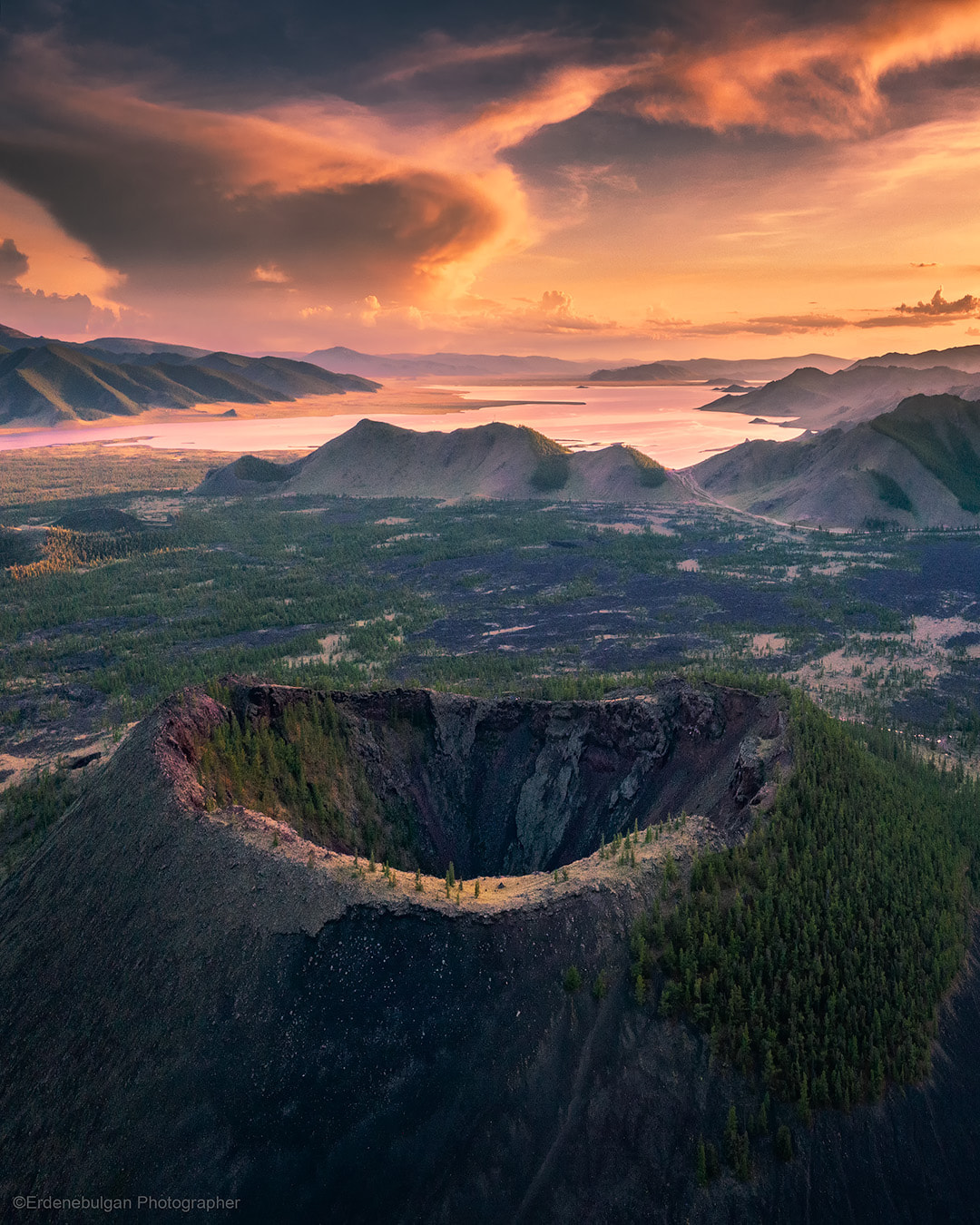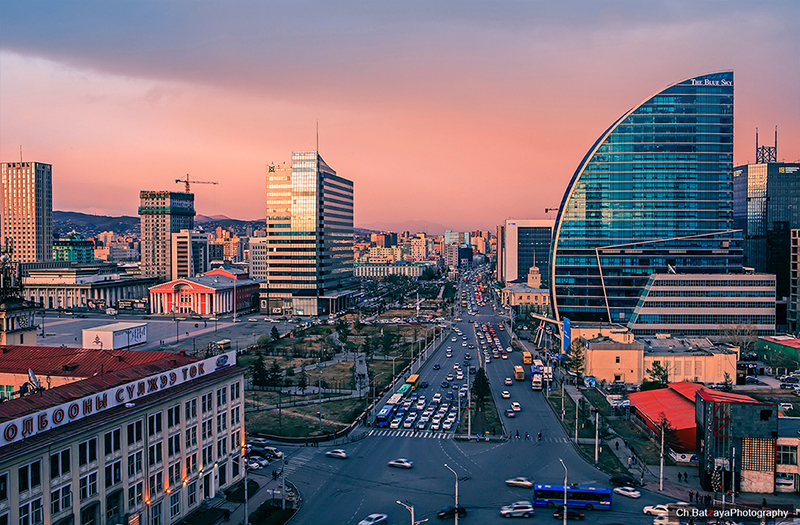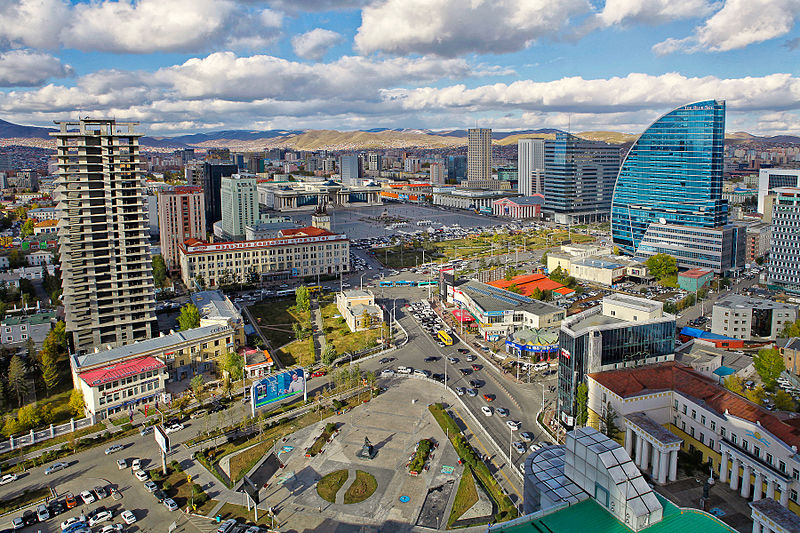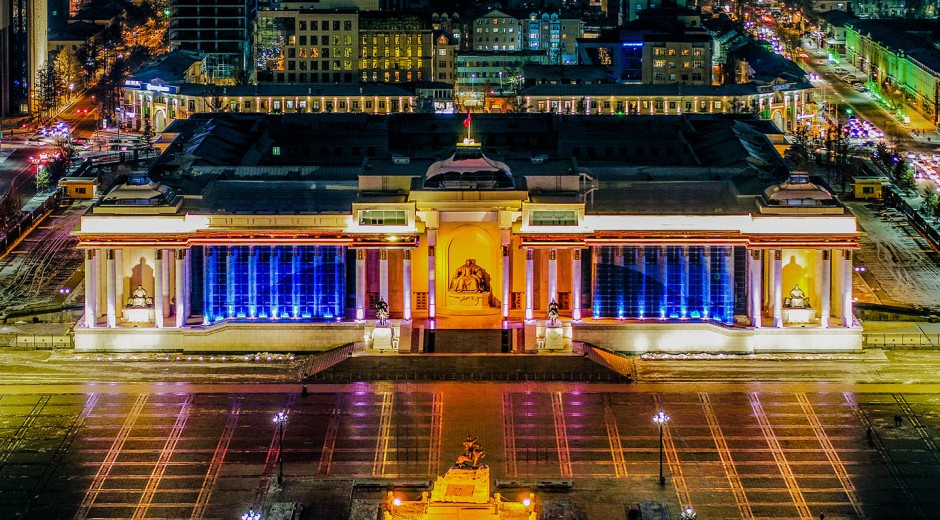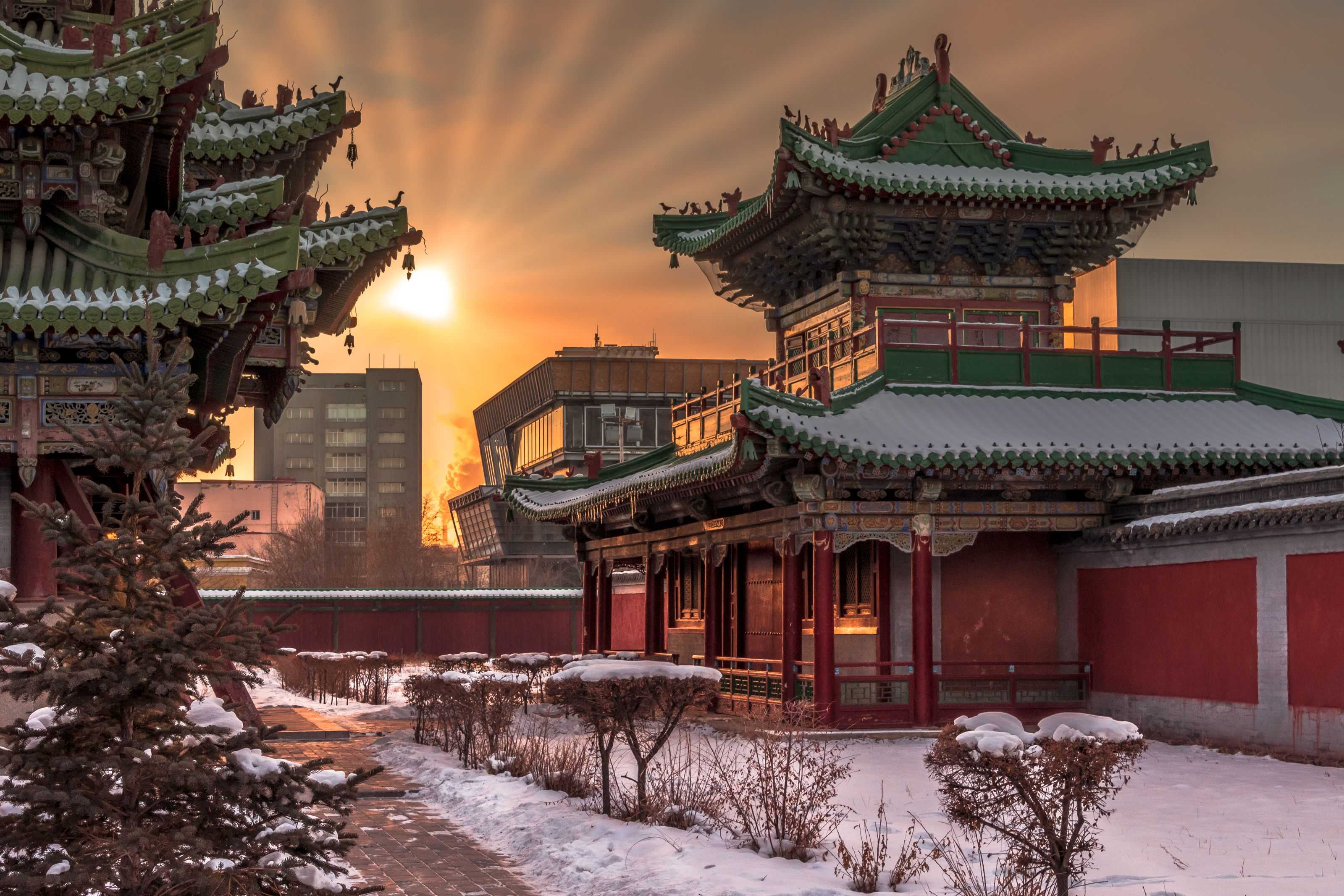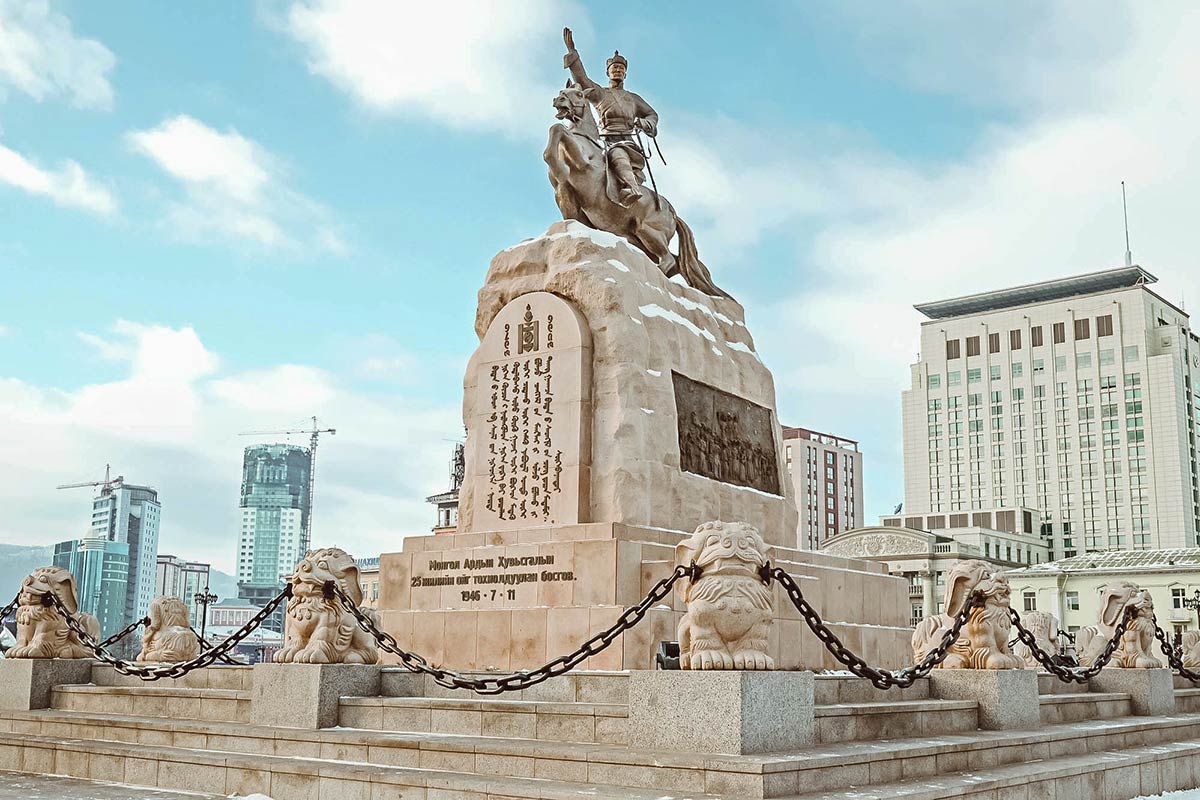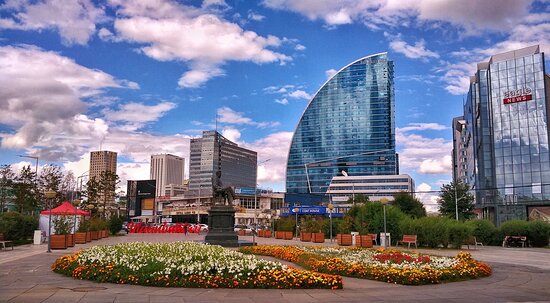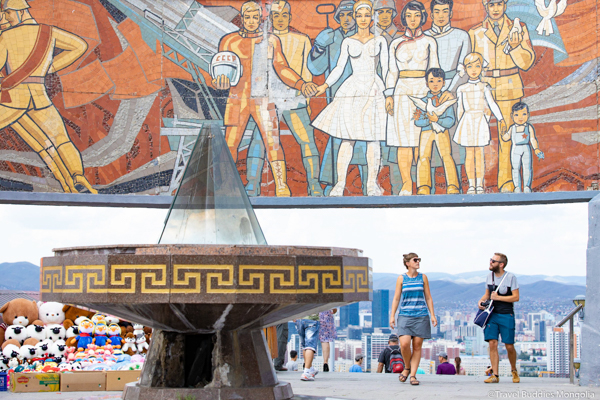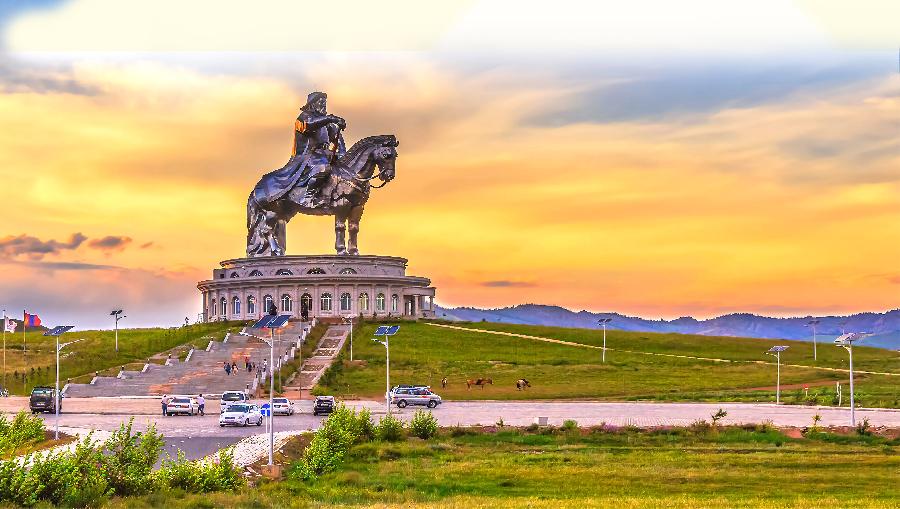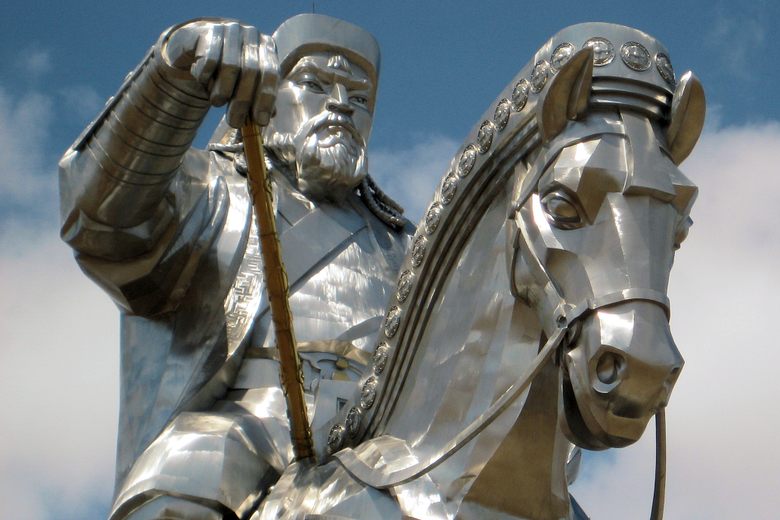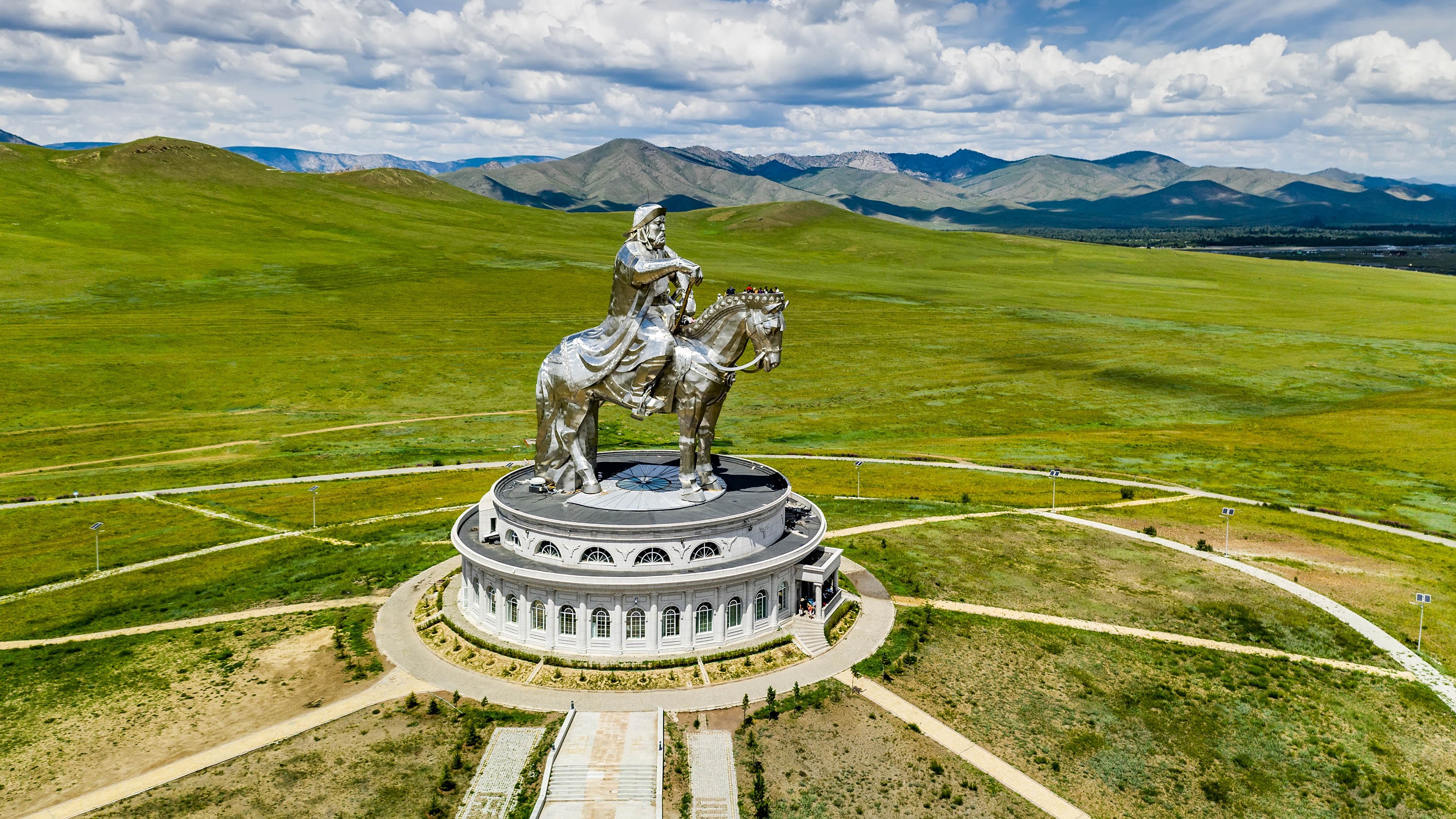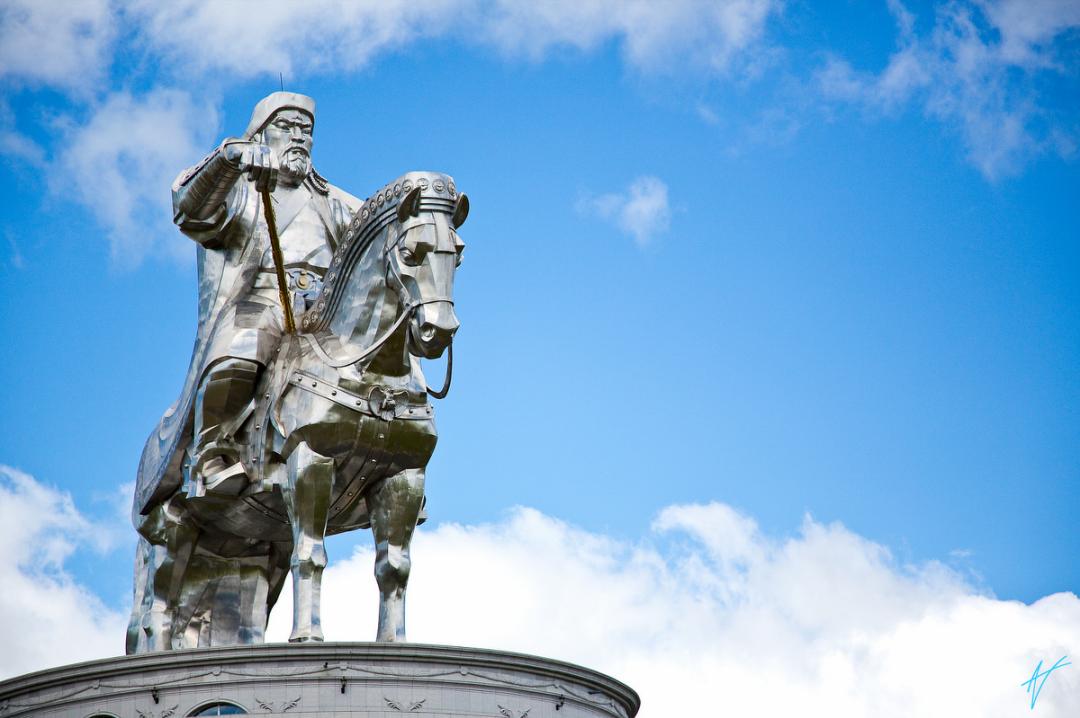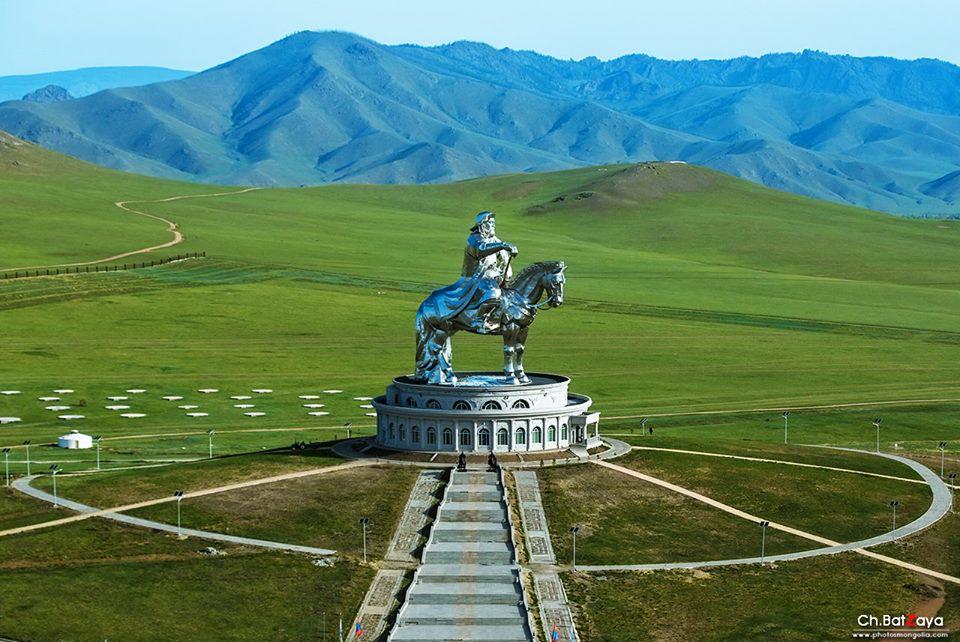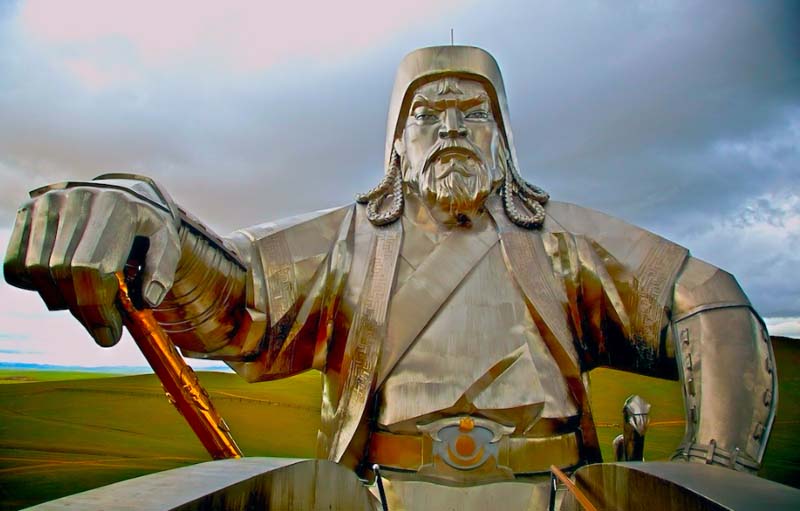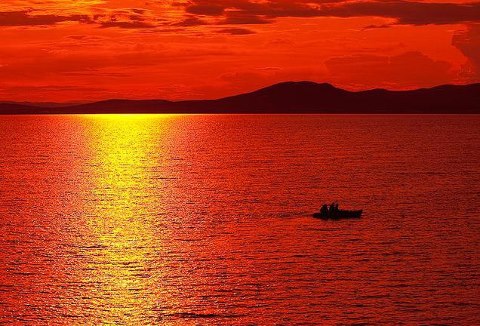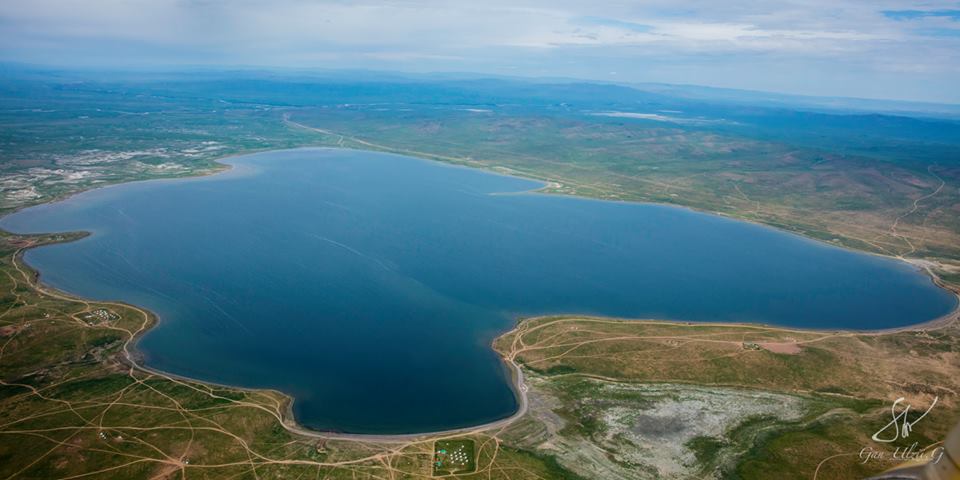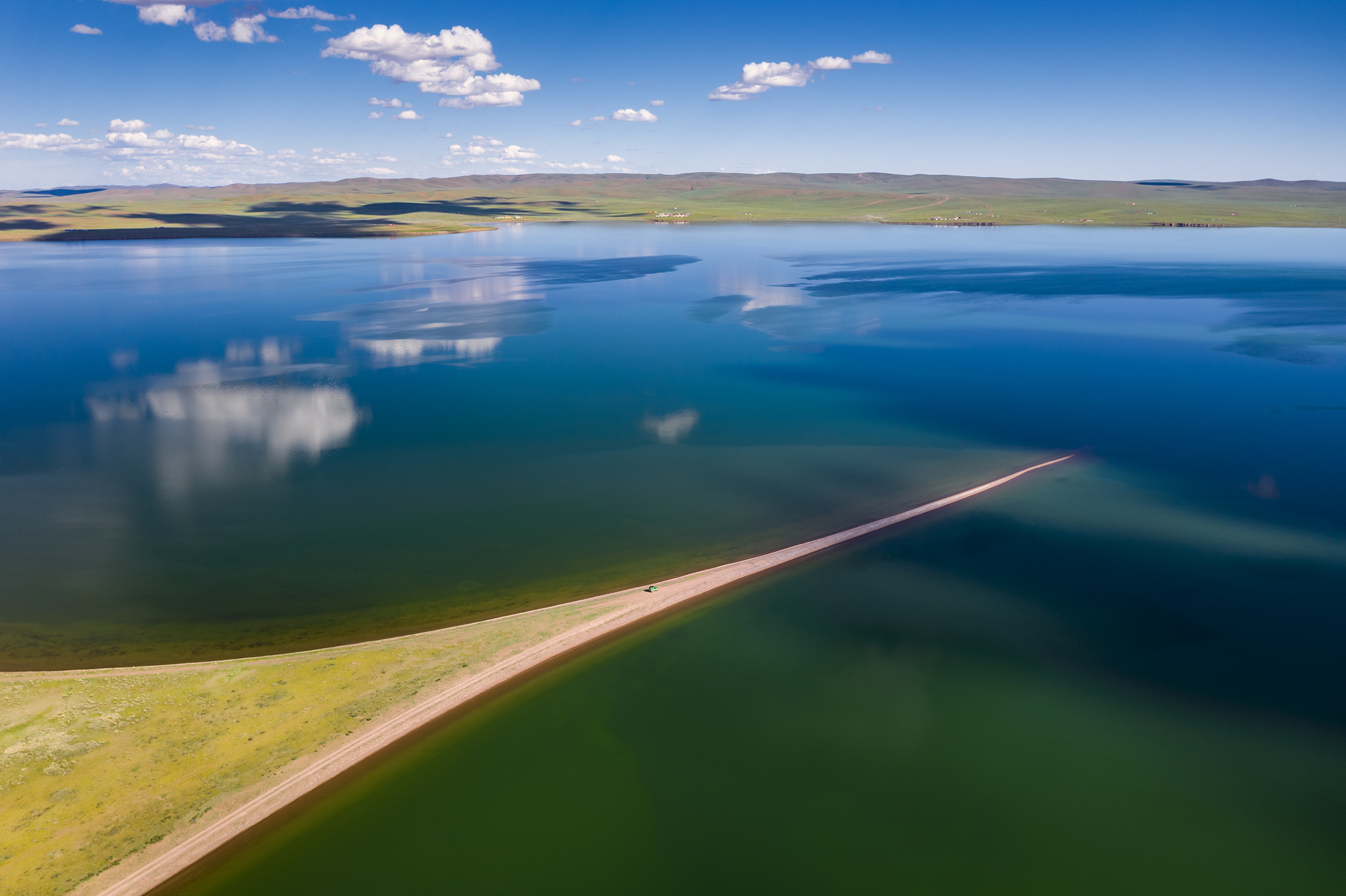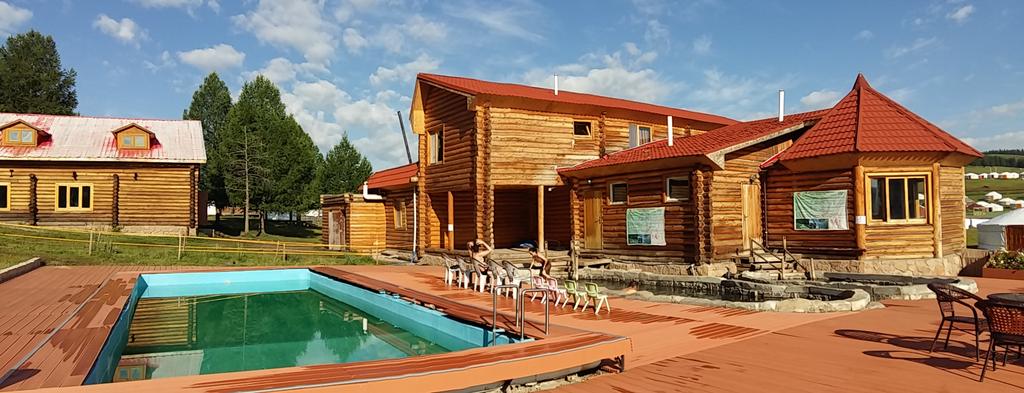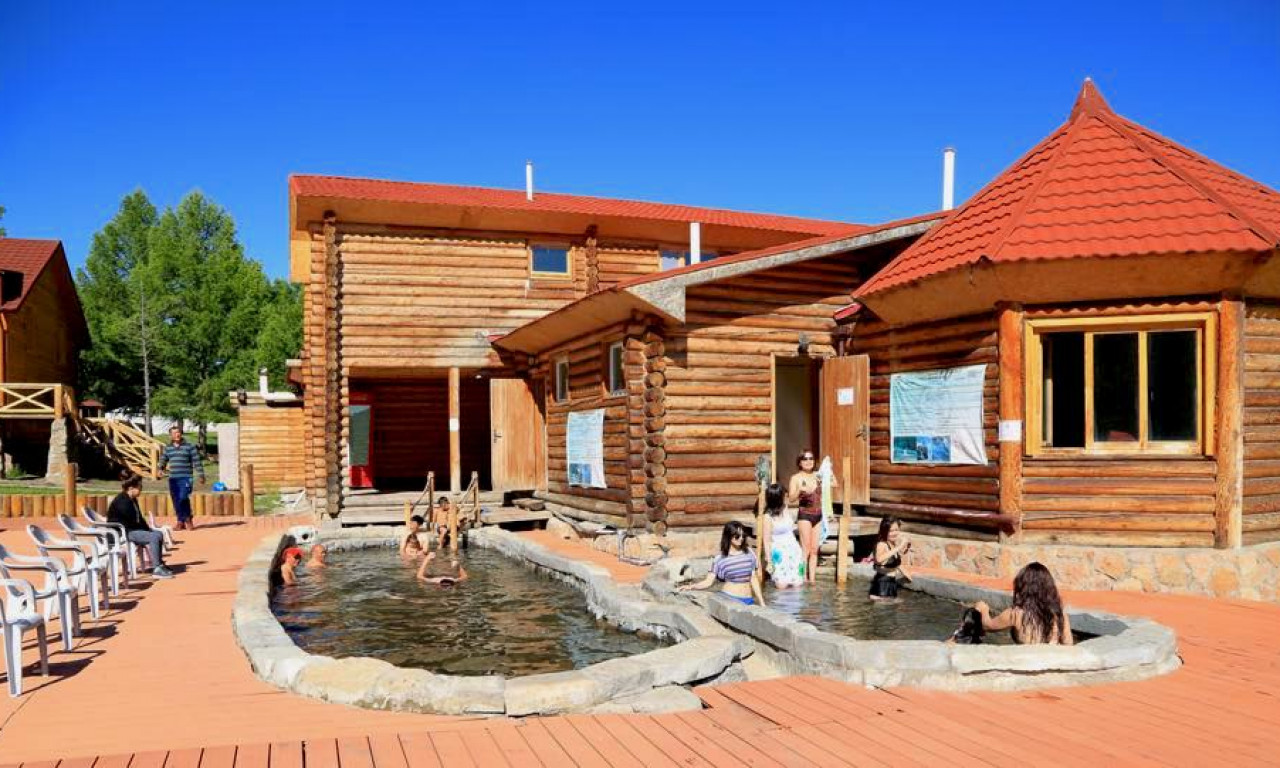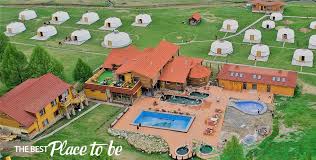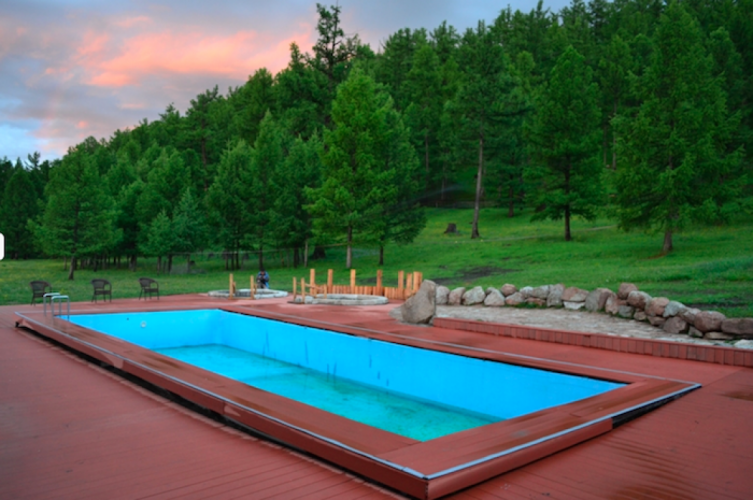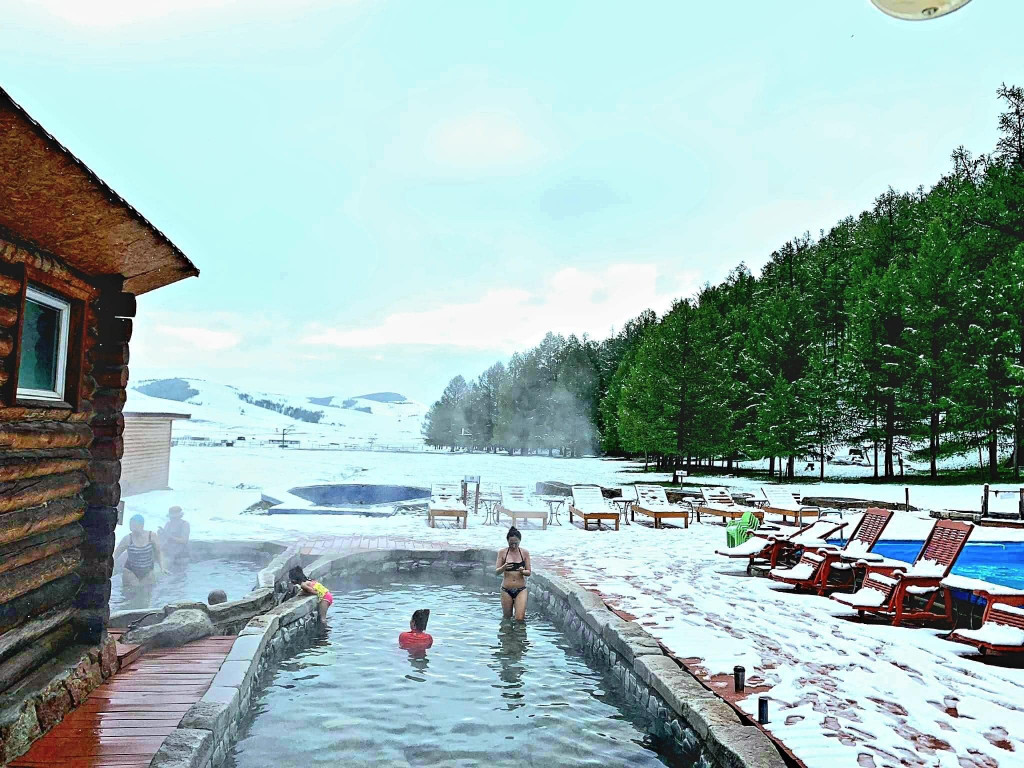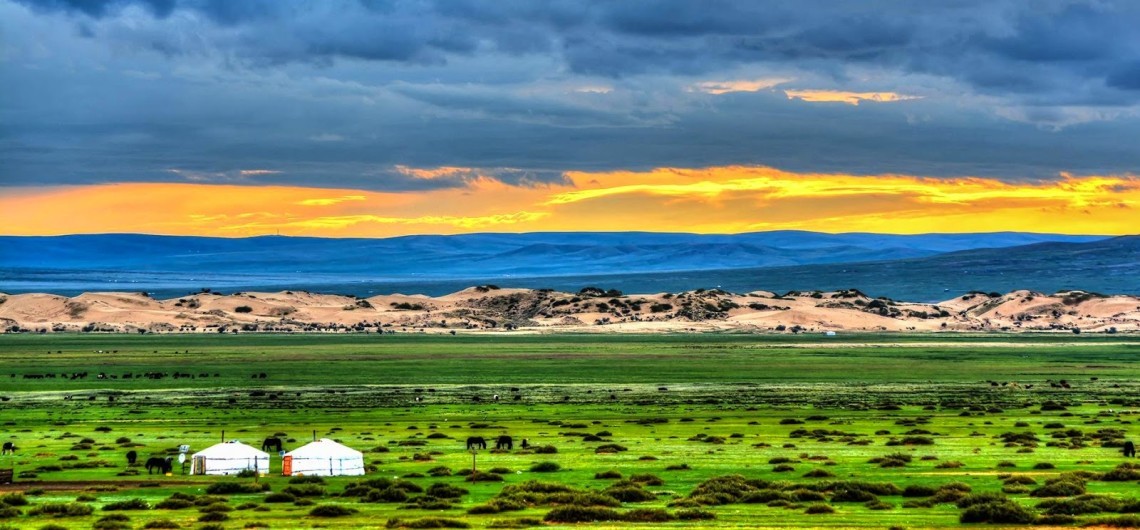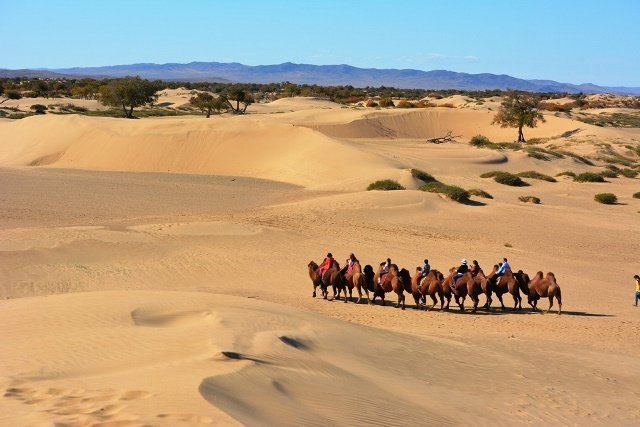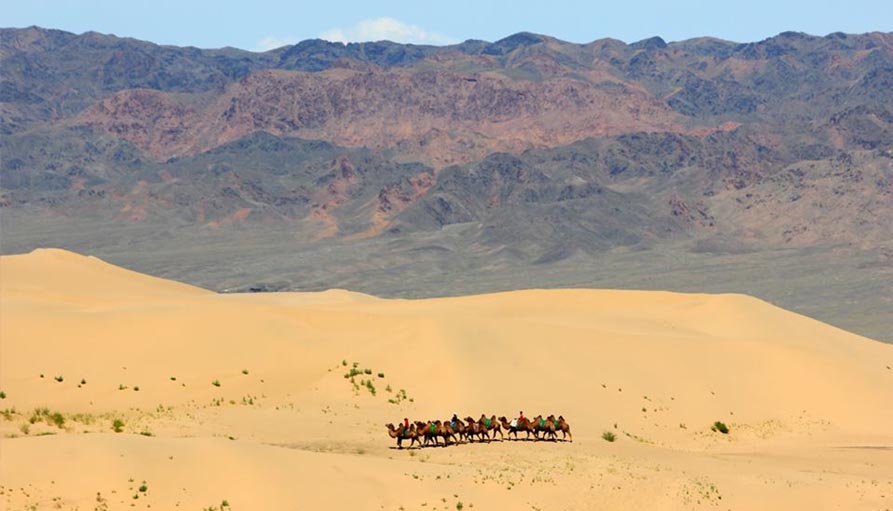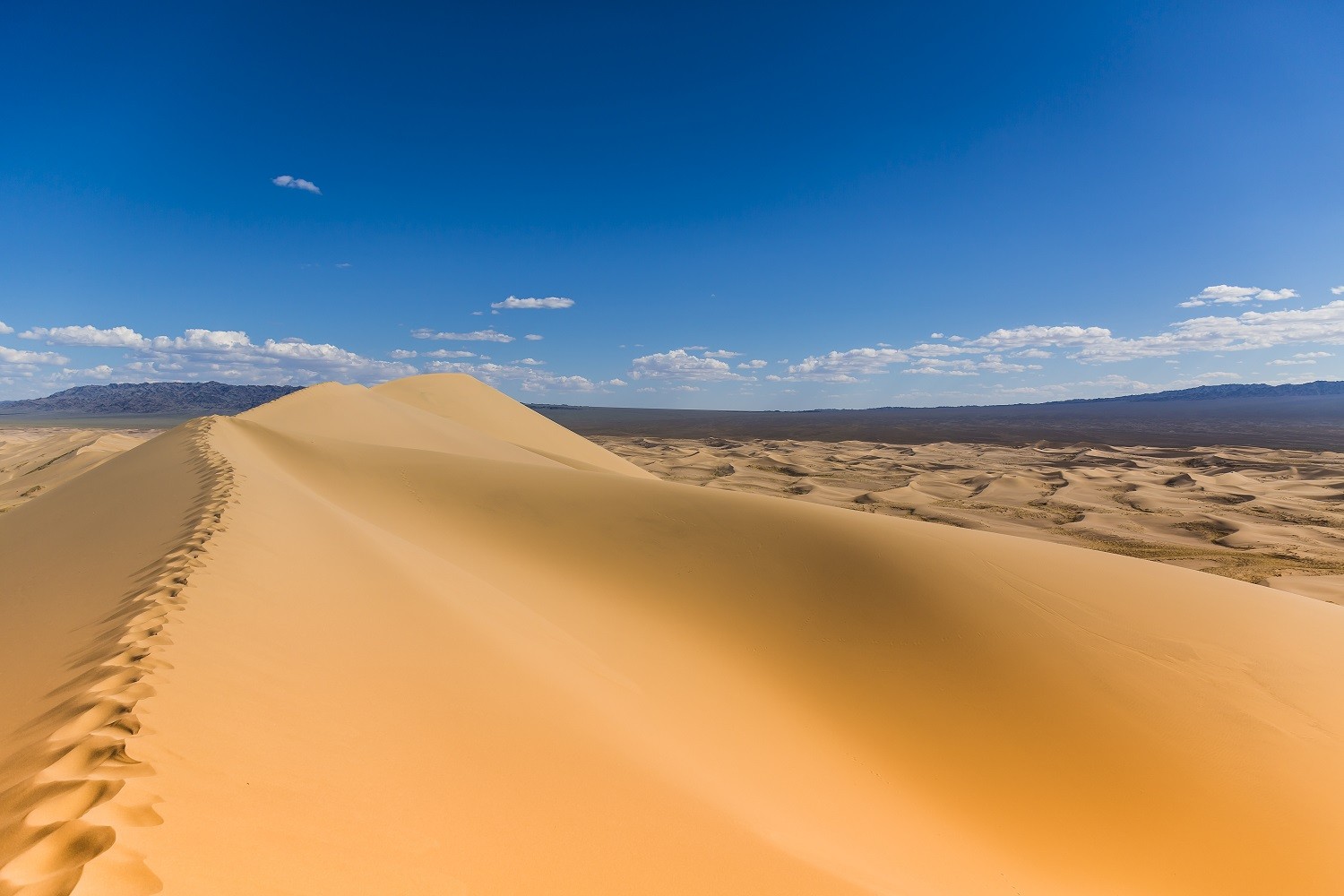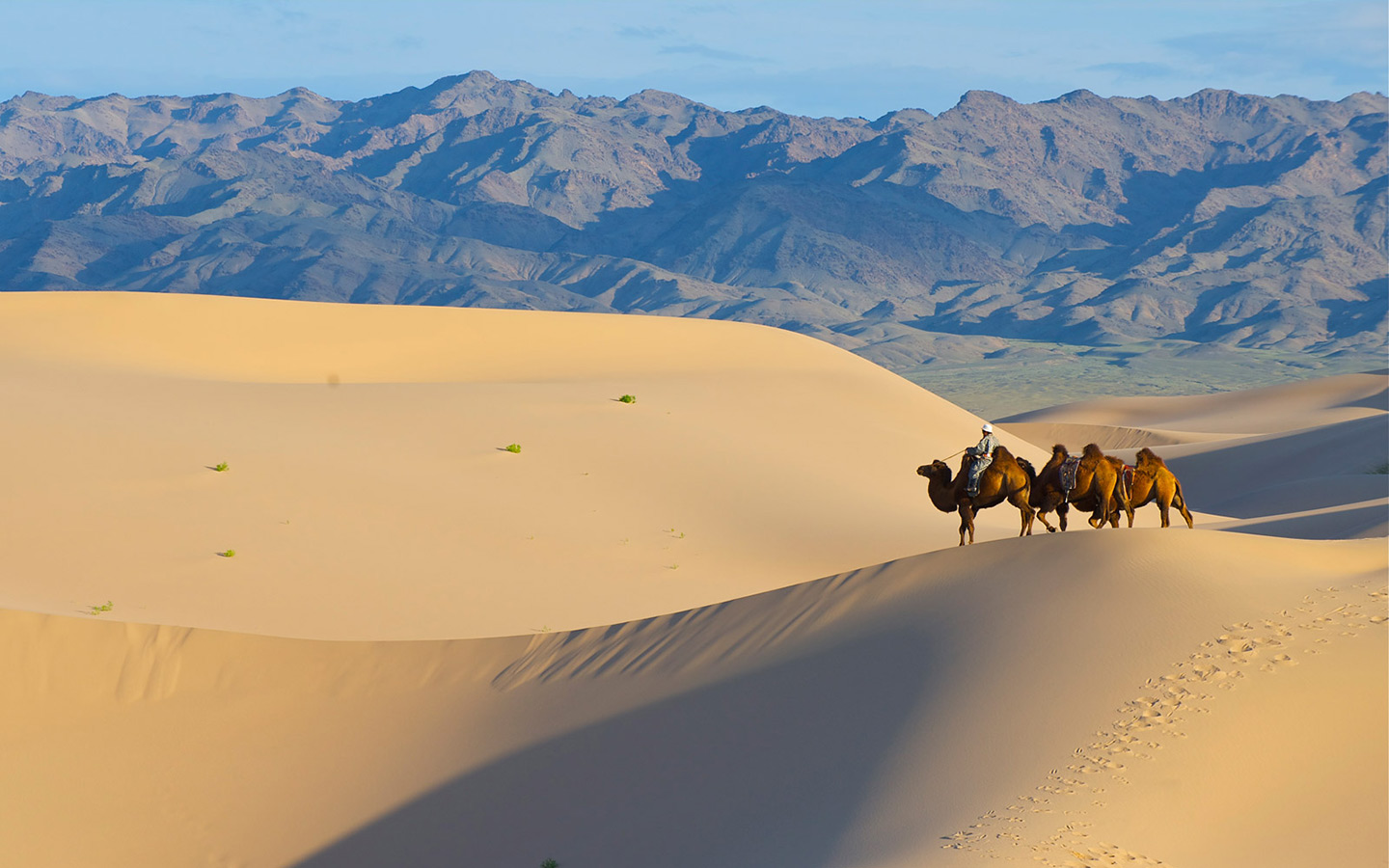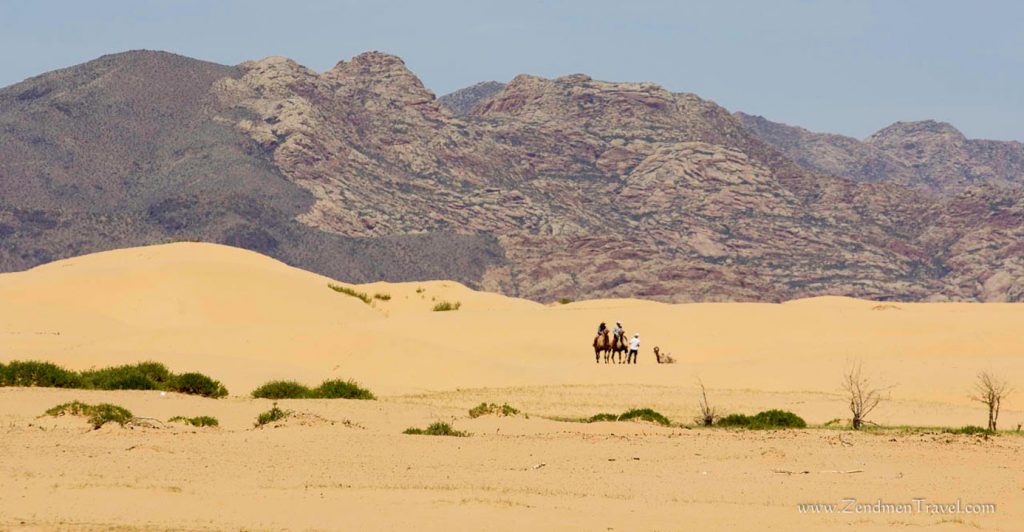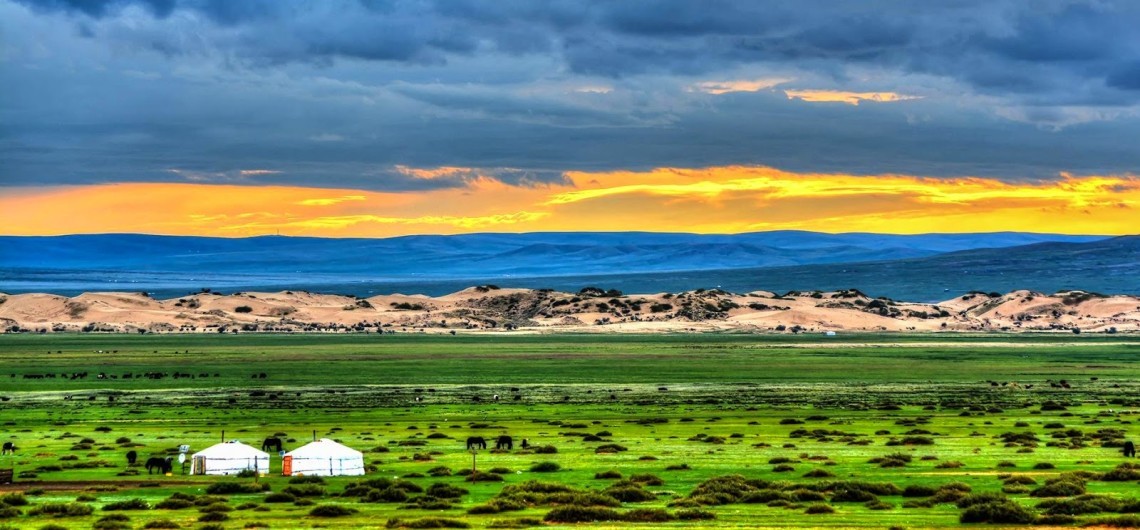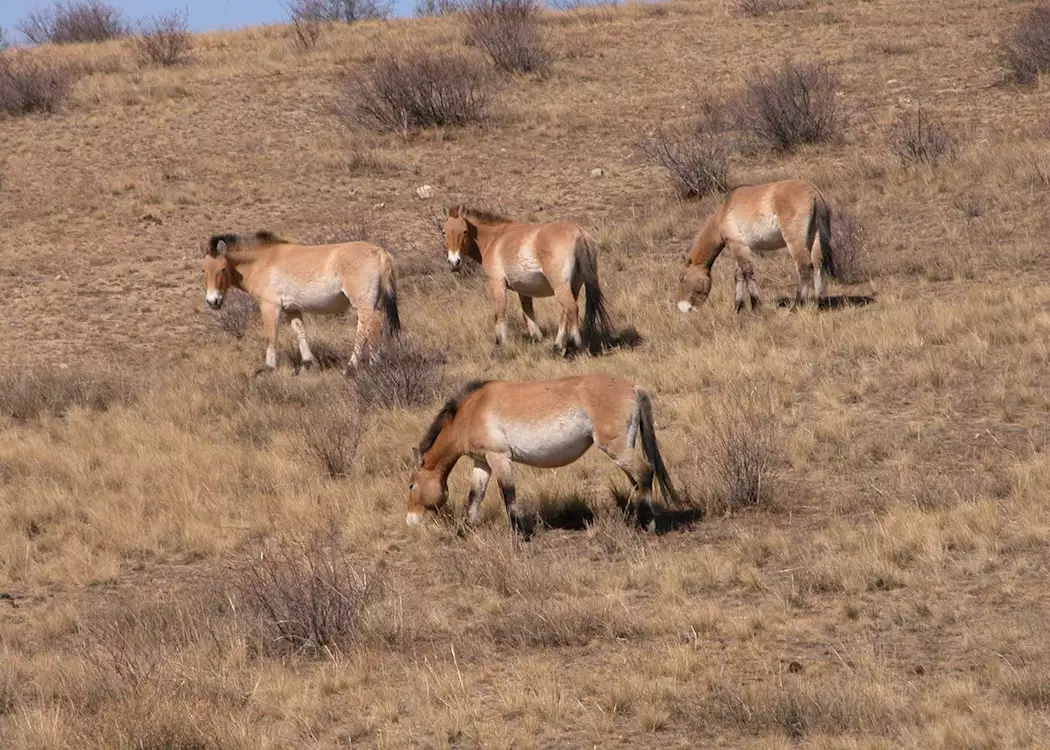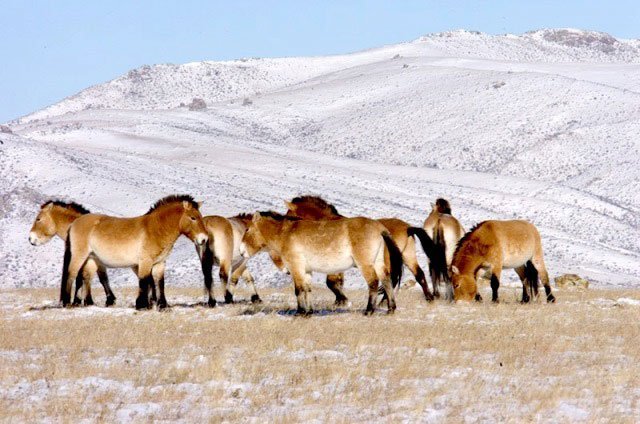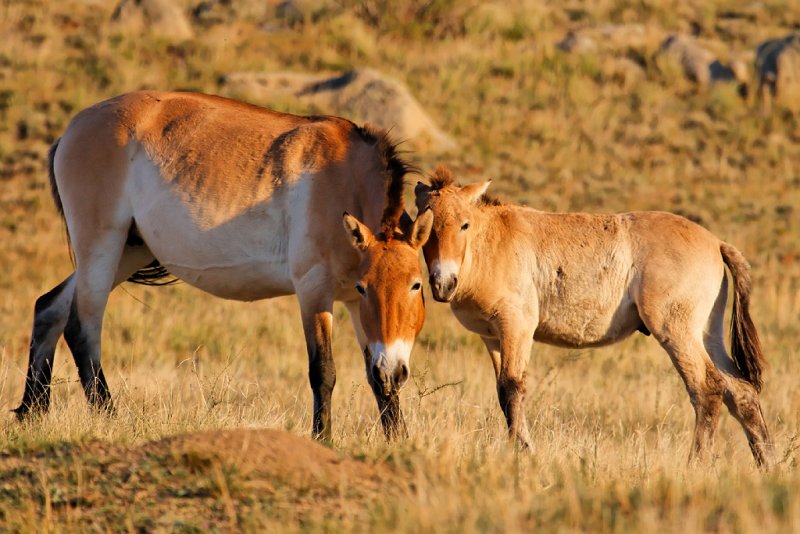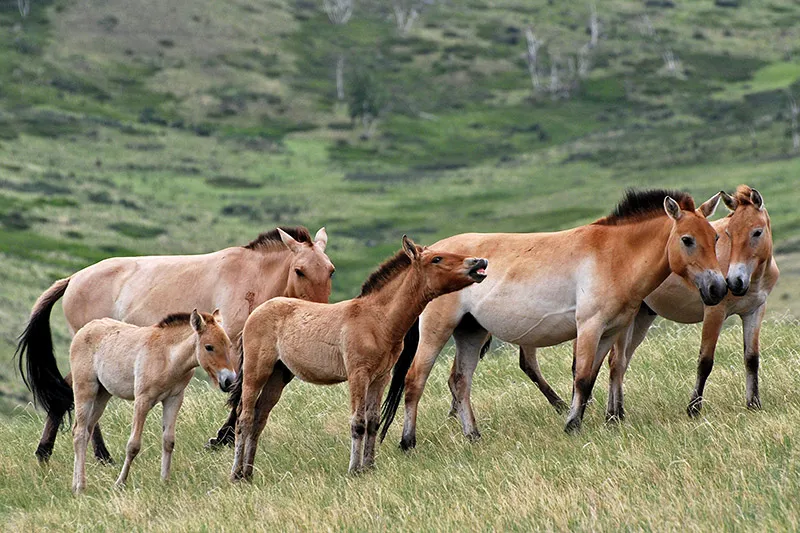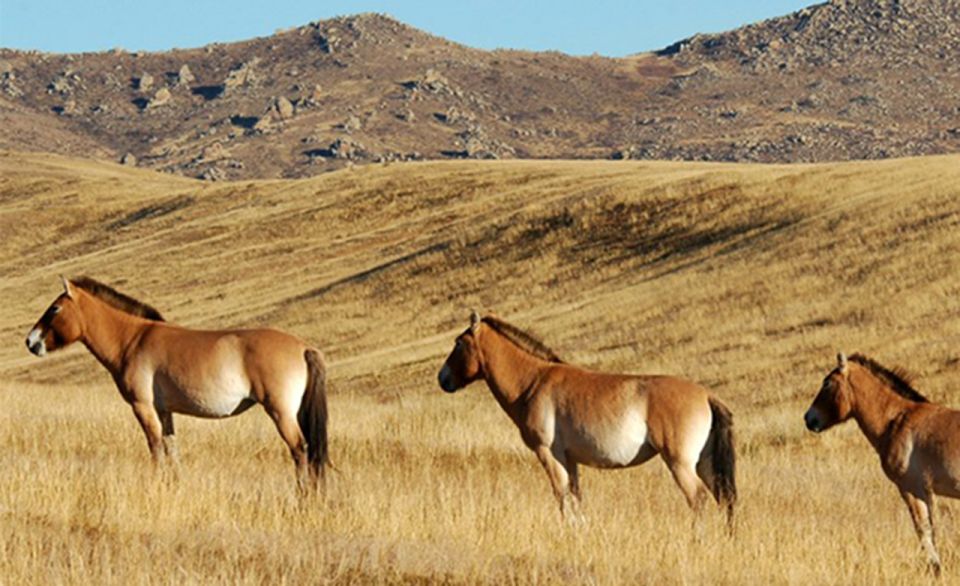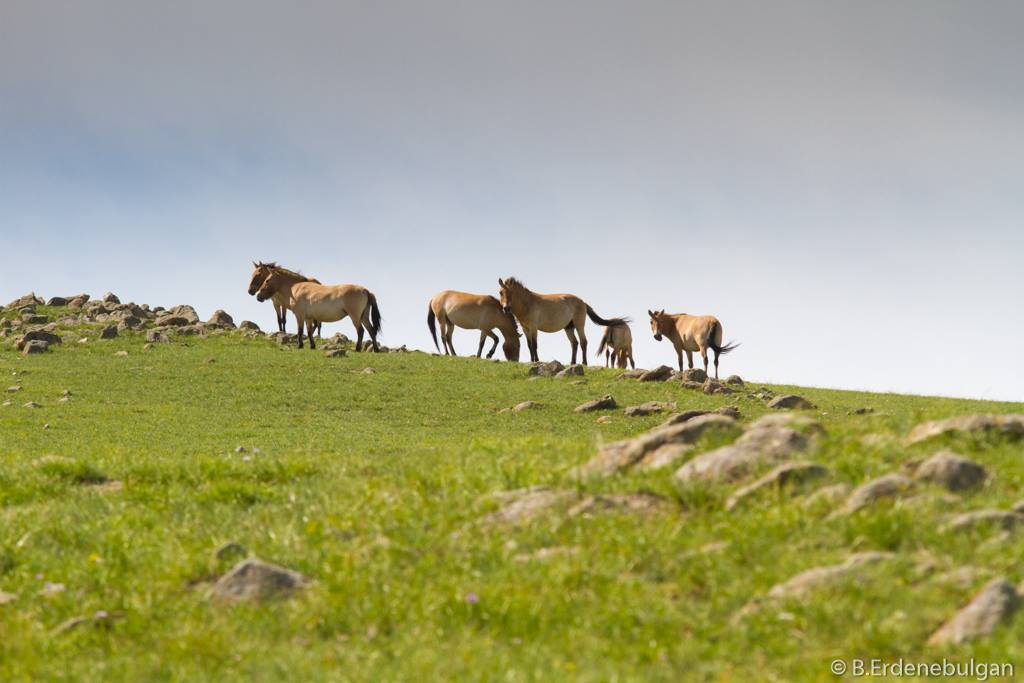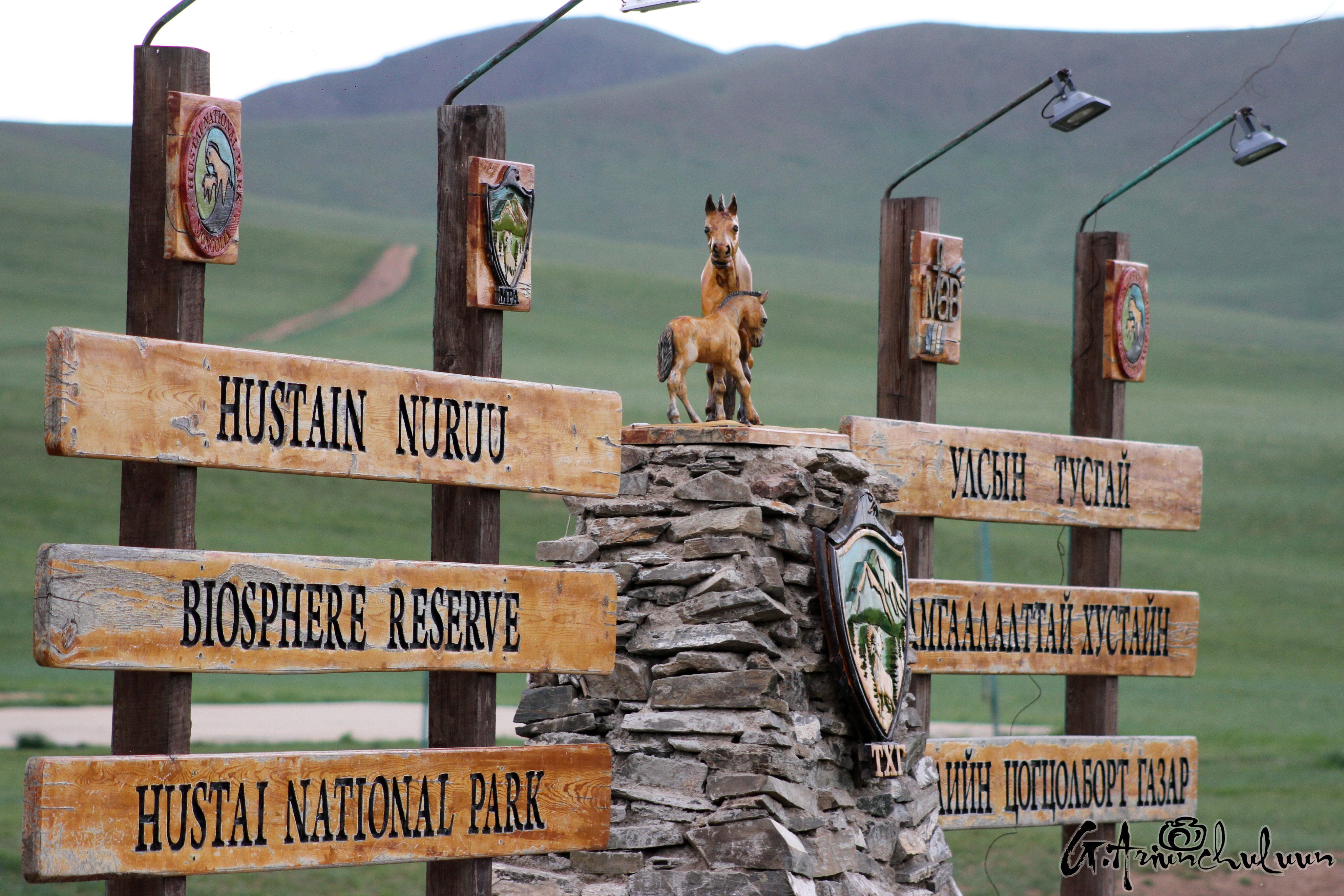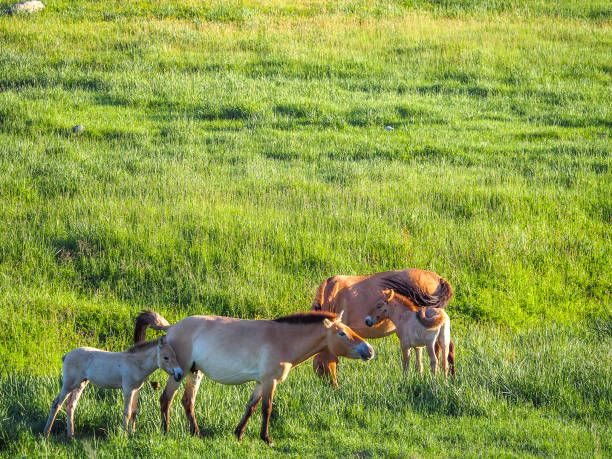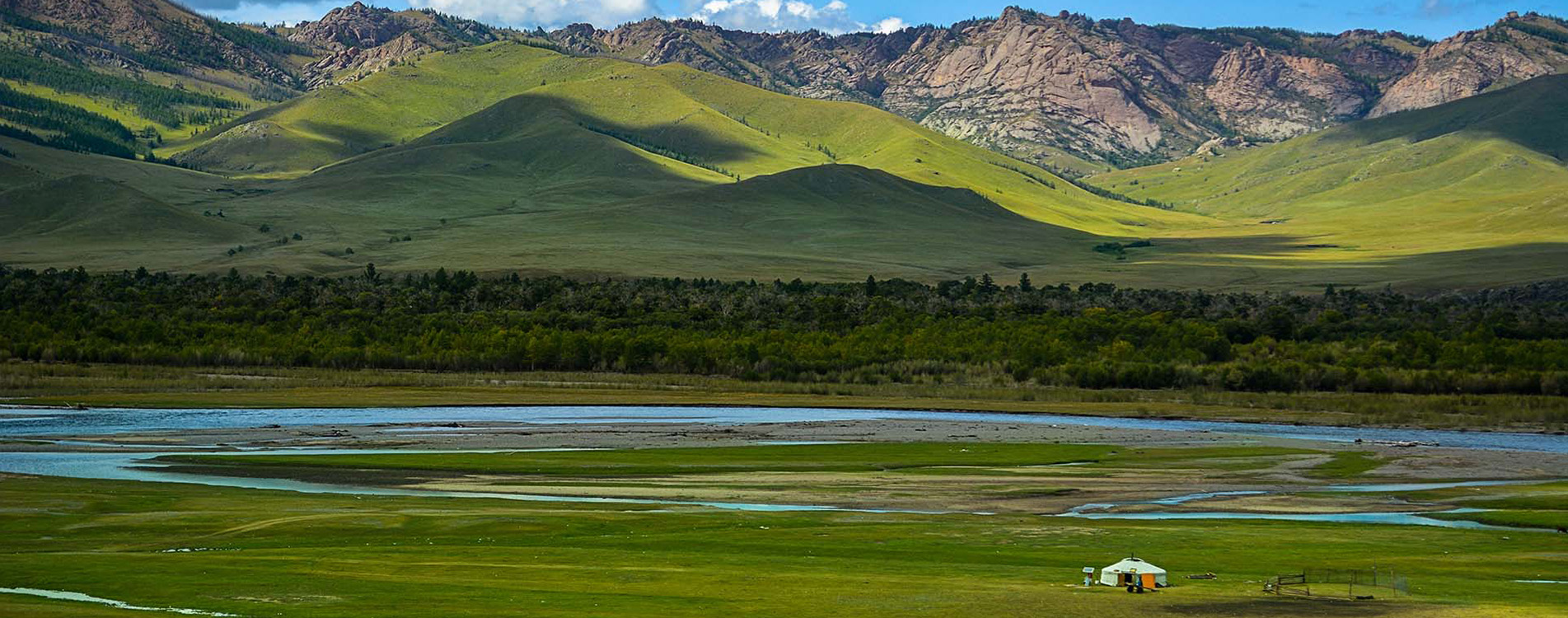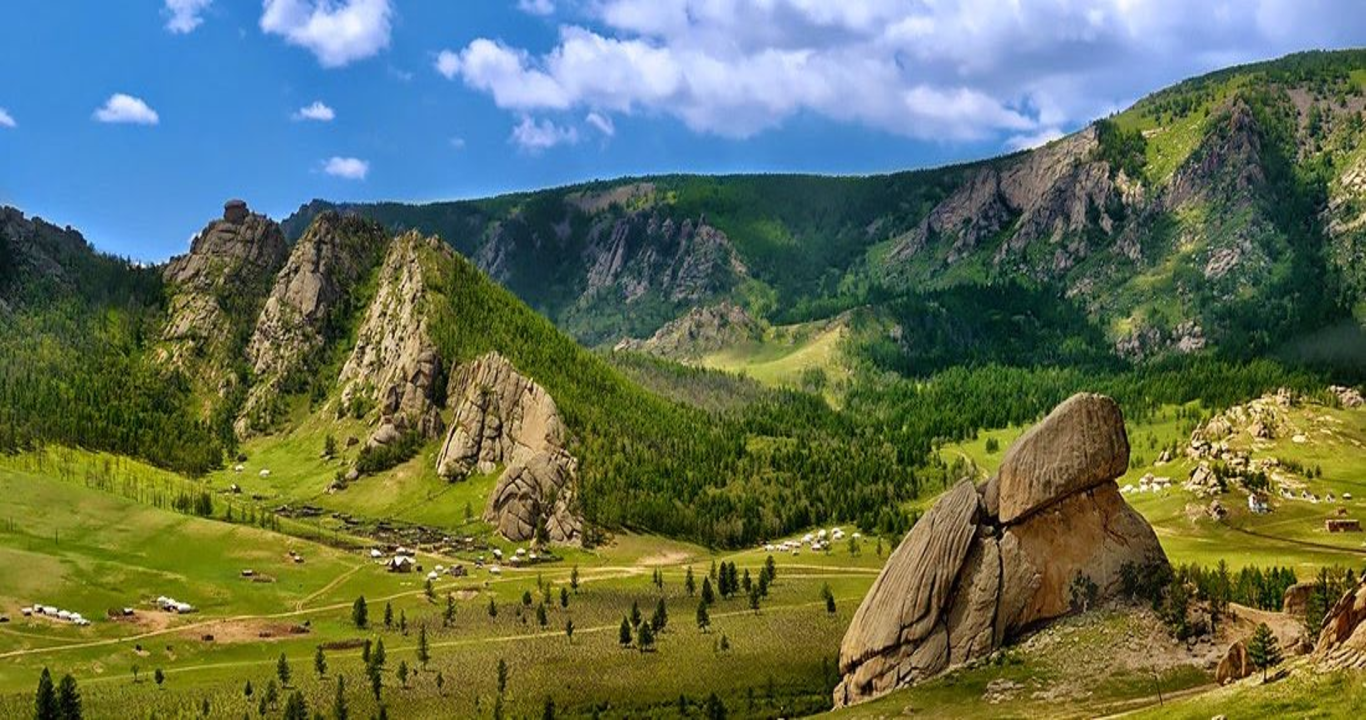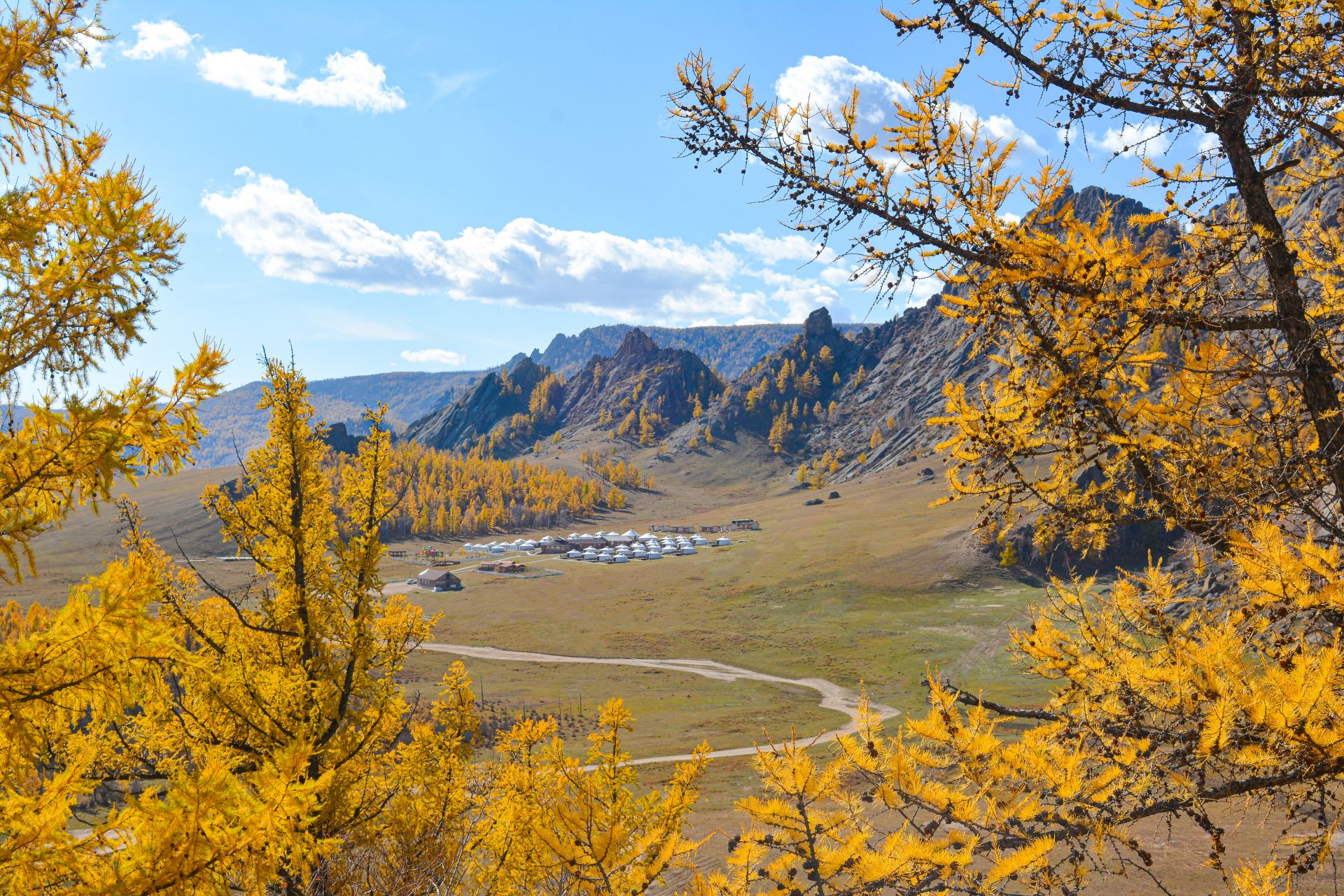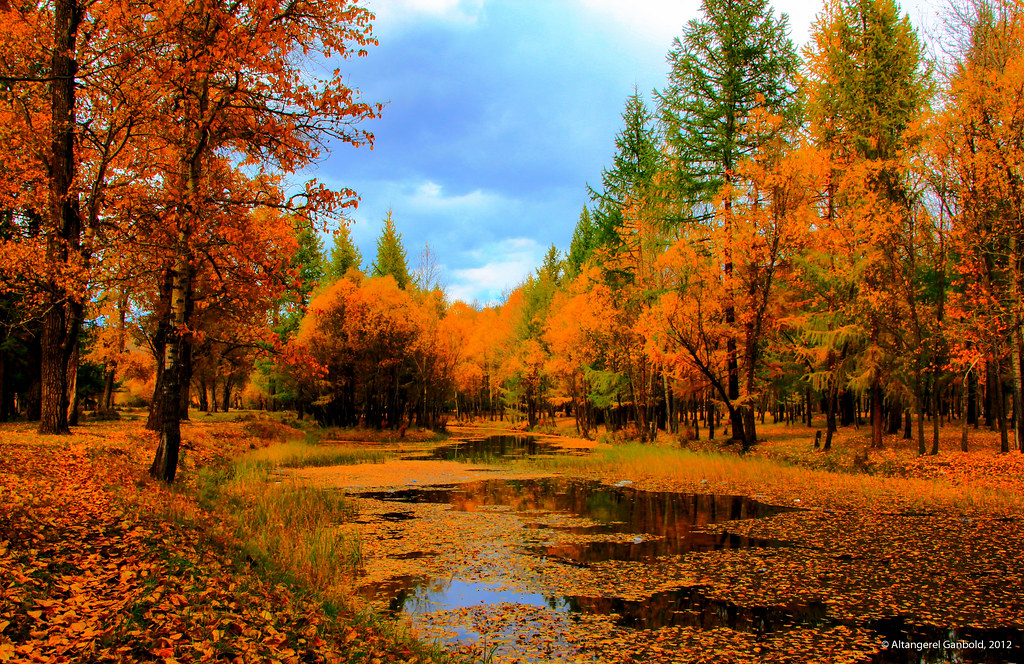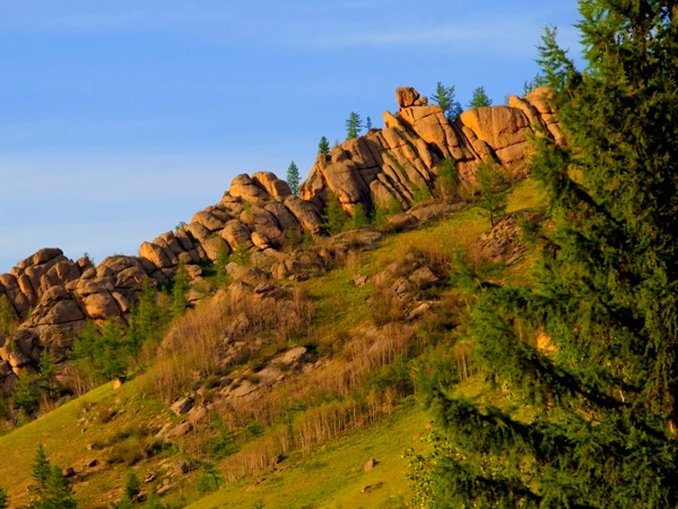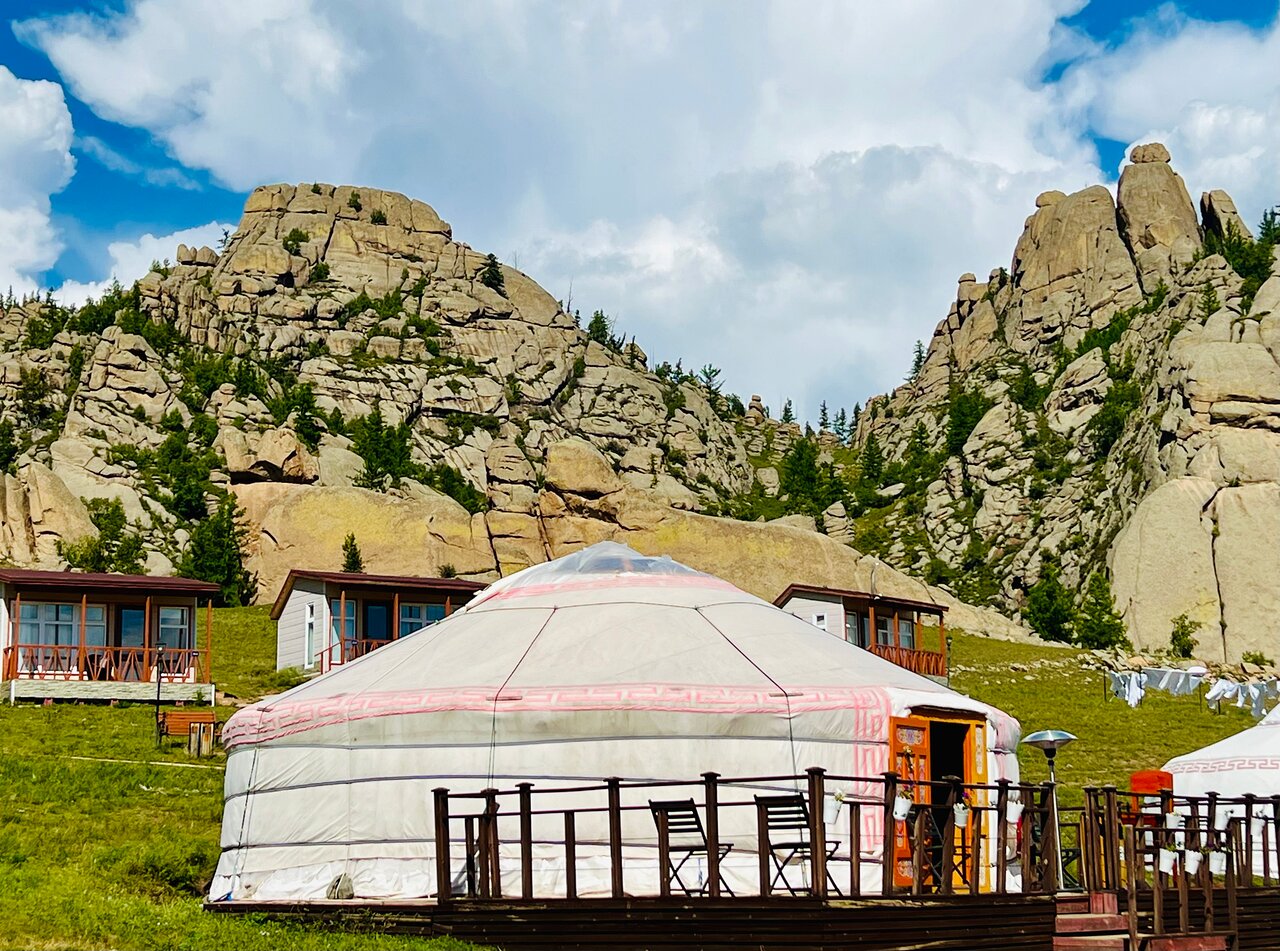-
-
Zuut Travel Slide 2
-
Zuut Travel Slide 3
-
Zuut Travel Slide 4
-
Zuut Travel Slide 5

Central Mongolia
The geographical location of the central part of Mongolia, unique nature, and nomadic culture are the main resources for tourism. The unique and precious heritage of human, historical and cultural monuments of the Orkhon Valley, unique natural and geographical formations combined with Gobi and Khangai, the remains of the ancient capital Karakorum, the birthplace of the great Zanabazar who was leader of Buddhist of the Mongolia are located in the center of Mongolia. Also there are unique art of temples Erdenezuu, Tuvkhun, Shankh monasteries, Taikhar rock formation, Khorgo volcano, Tsenkher hot spring, Chuluut river canyon and Ulaan tsutgalan waterfall.
Orkhon Valley
This memorial site in the Orkhon River is the heartland of a unique nomadic civilization that has been developed from generation to generation, respecting the sacred nature, animals and people, and living with herds. The Orkhon Valley is a historical witness to the fact that large nomadic empire in Central Asia established and developed their main centers of government, trade, culture and religion, and became the main meeting point of communication between the West and the East and civilizations. It is a unique monument because it preserves the monuments of the famous Karakorum, the capital of the dynasty.

Karakorum, Erdenezuu Monastery
The ancient capital of the Mongol Empire, back then known as Karakorum was located 350km away from the current capital Ulaanbaatar at the upper part of UNESCO World Heritage site Orkhon Valley. The most prominent historical site in Orkhon Valley is Kharkhorum, ancient capital of Mongol empire. Kharakhorum, founded in 1220 by Chinghis khan, was not only the capital of the vast Mongolian Empire, but the epic center of trade along Silk Road, and a cultural melting pot bridging east and west. It was from there that the Mongol Empire governed and controlled through Asia and Eastern Europe for over 400 years. Craftsmen from Mongolia and abroad participated in the construction of the city. Highlight of construction in Kharakhorum occurred during the reign of Ogodei khan. At that time, the inhabtants of the city were mostly merchants and craftsmen who arrived to Kharakhorum from every corner of the world. Karakorum, which had a population of over 30,000, was attacked and burned by 100,000 Ming soldiers.
Later, the stone walls left on the remains of Karakorum were moved and the current Erdenezuu Monastery was built. In 1580, Abtai Sain Khan, together with his younger brother Tumenkjen, met with the III Dalai Lama and promised to build a temple in his own area. Following the recommendation of the III Dalai Lama to restore an old temple in the city of Karakorum, in 1586, he completed the reconstruction of the ancient temple in Takhai Balgas, which is the main hundred temple of the current Erdenezuu Monastery. It is written in a manuscript called Biography of the Zanabazar. Abtai Sain Khan is the son of Onokhui Uizen, predecessor of the third son of Genghis Khaan’s, Gersenz Jalair Khuntaij.
As of today, the town of Kharkhorin is located close to the site where the ancient capital was located. The Erdenezuu monastery still stands to this time despite challenging times XX century.
Tuvkhun monastery
On the border of Ovorkhangai and Arkhangai provinces, 40 kilometers northwest of the center of Khujirt soum and 50 kilometers from the center of Bat-Ulziit soum, it is located on a low plateau in the middle of the rocks of the top of a rocky mountain surrounded by wild forests. This monastery is 450 kilometers from Ulaanbaatar. In 1648, the first Bogd Zanabazar of Mongolia, at his age of 14, was interested in this place with a unique combination of nature and landscape formations, and he thought of settling in a distant place for winter. So, in 1651, fulfilling his wish, he built a small stone-walled house to sit carefully and meditate, and it was called Dubkhan or Arting house. This word has been extended and now it has become Tuvkhun.
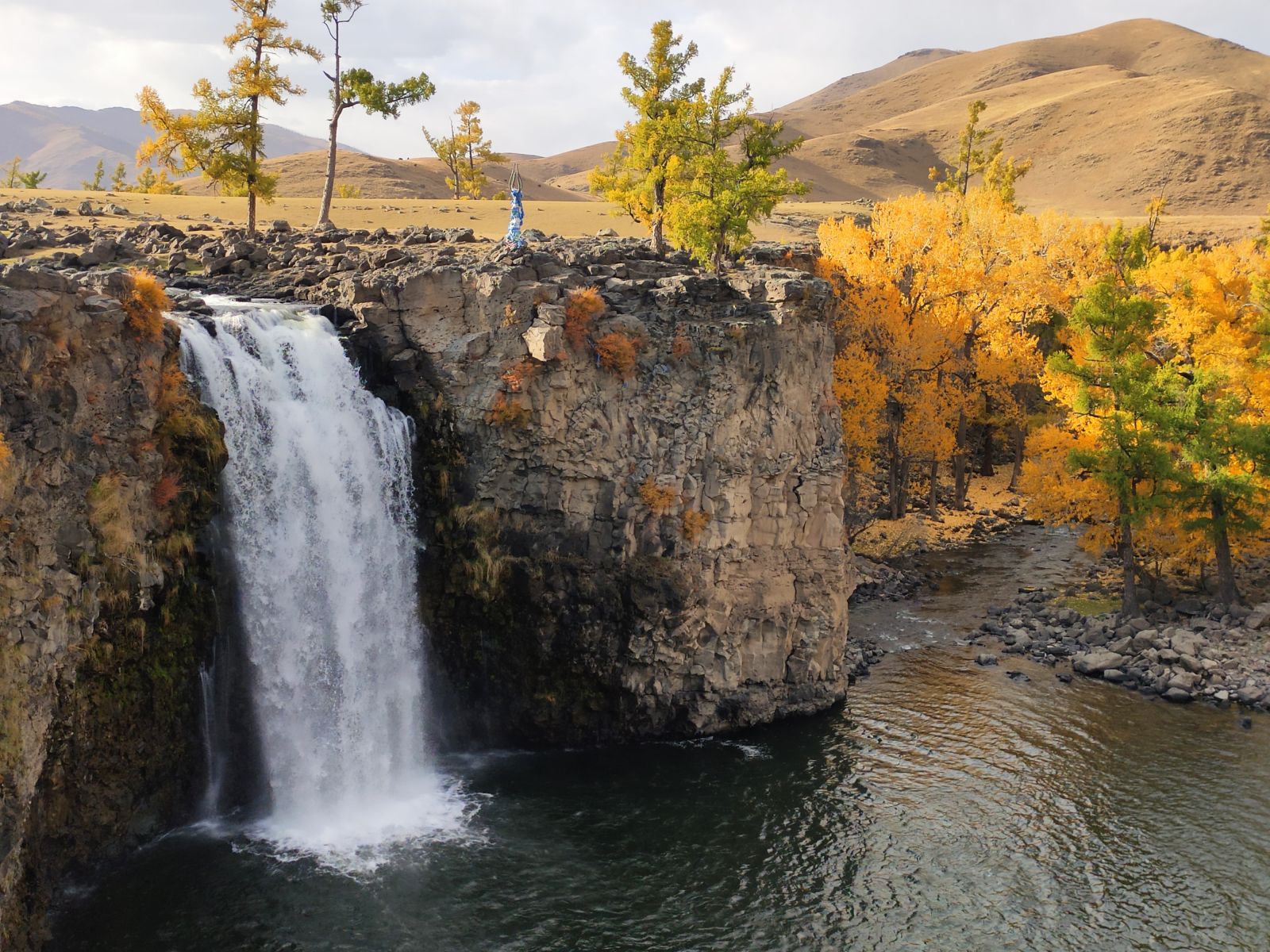
Ulaantsutgalan Orkhon waterfall
It is a 10-meter-wide waterfall that falls from a height of more than 20 meters and is formed in the Ulaan River, which flows into the western part of the Orkhon River, 132 kilometers from Kharkhorin soum, and 30 km from the nearest town Bat-Ulziit of Uvurkhangai province.
The last 30 km to the waterfall is bumpy and muddy with several freshwater streams and small rivers crossings. So, calculate your timing well and be ready for the feel of long driving while driving not far. During the Quaternary period, a volcano erupted at the head of the Tsagaan Azarga River, which sourced from the Khangai mountain range, and its hot molten material flowed down the Orkhon valley, forming a layer of magmatic stone several tons of kilometers thick. The Orkhon river sawed through the stone pavement and created the current canyon. To the northwest of the waterfall, there is a waterfall called Baga Waterfall. The waterfall falls from 24 m lava cliffs when the Ulaan River confluence the Orkhon River. Therefore, the waterfall is called differently such as Ulaantsutgalan or Orkhon Waterfall or Orkhonii Khurkheree. The Ulaan Tsutgalan waterfall is one of the picturesque sights in the historically significant Orkhon River Valley, which requires bumpy driving through the lava covered scenic valley full of nomads and their animals.

Khorgo Terkhiin Tsagaan lake National Park
Khorgo-Terkhiin Tsagaan lake National Parkcovers the picturesque Terkhiin Tsagaan lake and the nearby Khorgo Mountain (a recently extinct volcano) in the north central Khangai mountains of Mongolia. The marshes along the west end of the lake are an important breeding and staging area for birds. The park is located in Tariat soum of Arkhangai province. Khorgo extinct volcano, the symbol of Khorgo-Terkhiin Tsagaan National Park, lies in a huge crater and is covered with deep coloured rocks. Although there is no lake, clouds of steam regularly jet out its crevices and form ice molds in winter, which from a distance look like large flocks of sheep scattered on the mountain. Near the crater, there are dozens of small caverns with stalactites hanging from their ceiling and walls. At some point in the past volcanic lava flooded nearby valleys which are now covered with small woods and offer a great variety of flowers and berries.
A huge lava flow once obstructed the Terkh River, which then resulted in the formation of Terkhiin Tsagaan Lake. This lake is 16 kilometers long, 20 meters deep, and covers an area of 61 square kilometers. Situated at an altitude of 2.060 meters, the River Suman flows down from this lake in forceful torrents and created a canyon with several small lakes along its path.




